We all know that personal hygiene is a crucial aspect of our health. However, when you’re outdoors things can be a little more difficult… I still remember my first overnight camping trip and being SO worried about how I would poop in the backcountry 😆 Now I look back at those fears and laugh because outdoor hygiene really is so simple once you learn what to do!
In this post, I want to help teach you everything you need to know about eco-friendly outdoor hygiene techniques. You will learn how to undertake them whilst still following Leave No Trace principles and I am also sharing my top hygiene products for hiking and camping!
Disclaimer: This blog post may feature some affiliate links, which means I get a small commission if you make a purchase (at no extra cost to you). It’s one of the ways I can keep producing free guides and resources for my readers. Learn more about my affiliate policy here. Thank you for the support!
Eco-Friendly Outdoor Hygiene Tips for Every Hiker and Camper
I first started spending more time in the backcountry about 6 years ago. I will be honest and say that I have made many mistakes over the years when it comes to outdoor etiquette and Leave No Trace Principles. Unless you grew up in a family that first-hand taught you these things, as an adult you have to educate yourself and learn what to do!
I remember reading a bunch of blog posts about whether you could bathe outdoors, how to poop, dealing with periods, etc. and I found many of them provided misleading information or tips that damage the environment. I want to make this way easier for you, especially if you are just starting out!
Why care about Outdoor Hygiene?
I mean, you don’t have to care about your own health but I would highly recommend you do put some thought and effort into it. Maintaining adequate personal hygiene will look slightly different for everyone. At the core of it though, it’s a way to stay clean and avoid health issues like Urinary Tract Infections, skin irritations, yeast infections, etc. AND it will ultimately make you feel more comfortable as you go through your daily routines and outdoor adventures.
Following Leave No Trace Principles
When practicing good outdoor hygiene, it is important to follow Leave No Trace principles (LNT). This essentially means you are doing your best to reduce your impact on the environment, clean up after yourself, be respectful of others, and overall have as small of a “footprint” as possible. I have an entire blog post that goes into the principles and would highly encourage you to check it out: “Leave No Trace: The Seven Principles“. Here are some of the basics that specifically relate to personal hygiene in the outdoors:
- Dispose all of your waste properly by packing it out and throwing it away in the proper place. This includes toilet paper, wipes, bags, tampons, pads, bottles, etc.
- When washing yourself, make sure to carry water at least 200 feet away from any water source and use a very small amount of biodegradable soap. Scatter the water.
- Deposit all solid human waste in a cat-hole dug 6-8 inches deep and at least 200 feet away from any waterways, campsites, and trails. Make sure to cover and disguise the cat-hole when finished. If you can, place a rock on top so wild animals don’t dig it up.
I will cover more of these topics throughout the guide… let’s jump into it!
Eco-Friendly Outdoor Hygiene Tips for Every Hiker and Camper
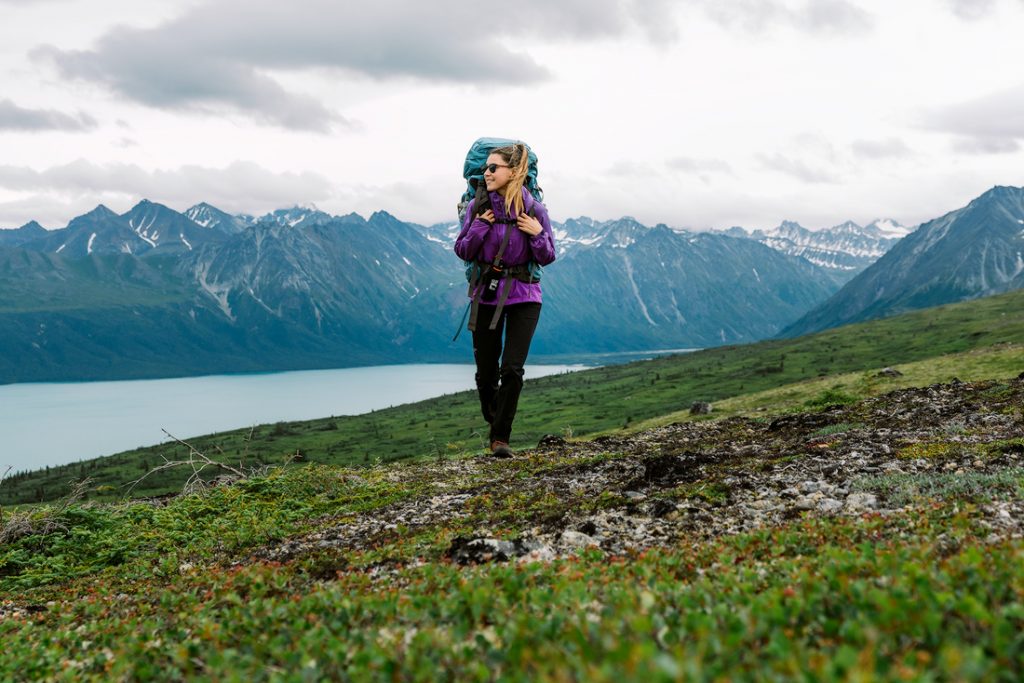
Outdoor Hygiene Basics for Women and Men
Let’s first cover the basics of personal hygiene in the outdoors before getting into the nitty gritty of things! Remember that these are general guidelines and that hygiene routines can differ from person to person. I know some people who almost never brush their hair and others that brush it 5 times a day… so take what works for you. Whether you use the very basic essentials for outdoor hygiene or you go into great depth, those are both perfectly fine. My goal with this post is to inform you on this topic as best as I can and then you choose a routine that suits your own needs.
BRUSHING YOUR TEETH
Brushing your teeth is obviously important. Not just because of bad breath, but because of the bacteria that accumulates in your mouth and subsequent damage to your teeth and gums if you don’t deal with it. By brushing your teeth you are cleaning out the accumulation of food and bacteria, encouraging healthy gums, and preventing tooth decay.
Most people typically brush their teeth 2 x a day when they are in the comfort of their own home. When you’re in the backcountry however, it can be a little more challenging to access water, carry all the supplies, and remember to do it! I personally feel that brushing your teeth 1 x per day in the backcountry is okay, especially if you are only taking occasional trips and aren’t eating too much sugar.
When brushing your teeth I recommend using an eco-friendly toothpaste or even a homemade toothpaste, a bamboo toothbrush, and some eco-friendly dental floss. A lighter option for toothpaste is to use toothpaste chew tablets. These are essentially small pieces of toothpaste that look like mints – just chew, brush, and rinse. You can take enough tablets for your trip in a little reusable bag instead of taking a full tube of toothpaste.
BATHING AND WASHING YOUR HAIR
When bathing or washing, it is important to do it 200 feet away from any water source, according to LNT Principles. It is best practice to gather water in a bladder or container and take it away from the source. Please note that I mention this only if you will be using soap, shampoo, or other washing products. There is nothing wrong with going for a quick dip at the lakes, rivers, or streams to rinse off. You would be surprised as to how refreshed and clean you will feel after coming out even without using any soap!
For bathing and washing your hair, I would recommend using eco-friendly soap and shampoo (and conditioner if required), preferably in bar form or decanted into a reusable travel-sized bottle. For bar options, you can cut off the size you need and put them into a resealable and reusable bag. This makes things as lightweight and compact as possible for packing. If you want to do a quick hair wash between bathing days I would recommend using a dry shampoo.
To clarify – you don’t have to bathe when spending time in the backcountry. If it is a short trip, I usually skip on bathing altogether or I may use some biodegradable wipes to clean up quickly. Another good option for wiping down are Epic Wipes which are bamboo towel-sized wipes that are perfect to clean your entire body. With any kind of wipes, I would recommend only taking the amount you need. Store them in a small resealable and reusable baggie to keep them moist. Even if the packaging says to bury biodegradable wipes in the outdoors, I recommend always packing them out! Animals dig these up and they can make a big mess.
BRUSHING YOUR HAIR
Hair (especially long hair) can get WILD in the backcountry 😆 For your outdoor hygiene routine I would recommend some occasional hair brushing to avoid intense knots. You can pack a compact comb or brush in your kit, or simply use your fingers to comb through your hair.
Something that I personally like to do is wash and semi-style my hair the night before a trip. This might seem counterintuitive but I find it really does help keep my hair less tangled and much more manageable for the days afterward. When I say “semi-style” it I am referring to either passing a straightener through my hair or leaving in some second-day curls. Many women have told me that they do the same thing and that it results in less greasy and less tangled hair in the backcountry.
Another way to avoid unruly hair is by braiding it. Not only will the braid(s) look nice and help avoid tangles, but another advantage is that your hair will be pulled back from your face. It can get super annoying hiking when you have hair constantly falling into your eyes! Tip: always pack a few extra hair ties!
USING DEODORANT
This is a personal preference, but still a topic I wanted to briefly mention for outdoor hygiene. I personally use Ursa Major deodorant for everyday use and travel. However, when I am in the backcountry on a multi-day trip I will usually skip deodorant as it is a little heavy to pack and something I just don’t feel is necessary for my own routine. If you don’t want to skip deodorant but want something lighter in weight, I would recommend taking a small amount of a paste-style deodorant in a reusable container or baggie.
Just remember that when choosing a deodorant it is important to use one that is natural and good for your body. Keep in mind that your skin is the biggest organ of your body and whatever you apply to the skin, your body will absorb it!
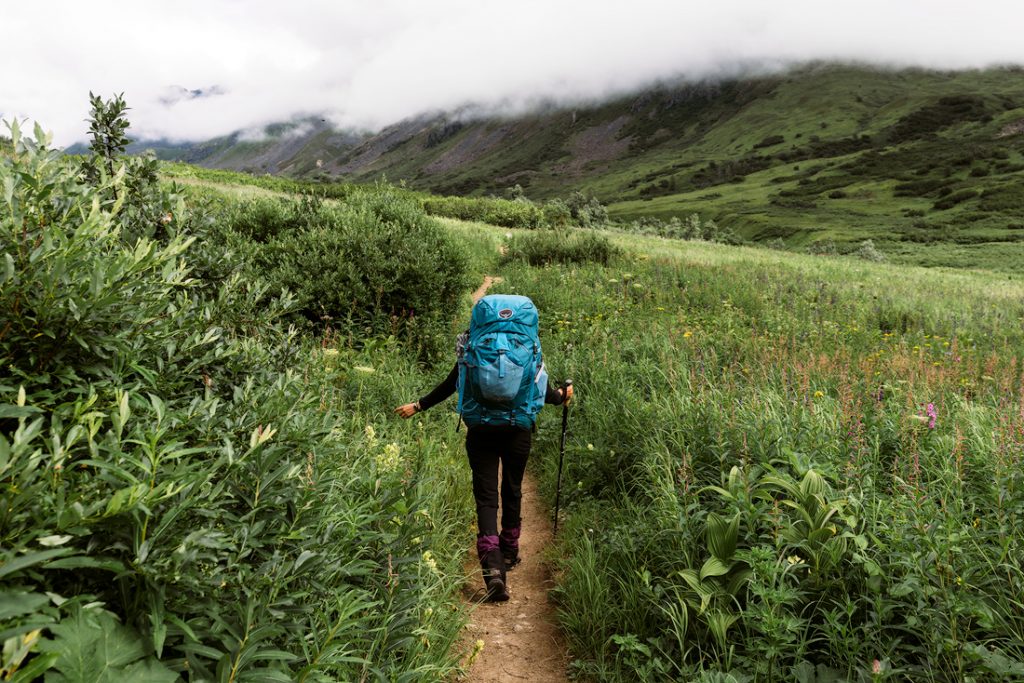
Pooping and Peeing Outdoors
Humans still need to pee and poop when out in the backcountry… shocker, I know! There are definitely more considerations when going to the bathroom outdoors compared to at home and it’s important to always follow LNT principles when doing so. I recommend having all of the items listed below in a reusable and resealable bag sitting at the top of your pack for easy access. Things that you will need include:
- Lightweight shovel/trowel
- Toilet paper
- Biodegradable Wipes *optional
- Resealable bag
- Hand sanitizer
- Biodegradable poop bags
POOPING OUTDOORS
When pooping outdoors it is important to find a spot 200 feet away from any campsite, trails, and waterways. Dig a hole with a lightweight shovel (can also use a stick or rock) that is about 6-8 inches deep. Poop in the hole or use a stick to push your waste into the hole once finished. Fill the hole back in and (if you can) place a rock on top of the hole so no animals dig out your waste. Once you are done, use some hand sanitizer to clean your hands.
Not all places allow you to dig holes and have rules on packing it out. If this is the case then I recommend bagging it in a biodegradable poop bag and disposing of it properly in the correct trash containers.
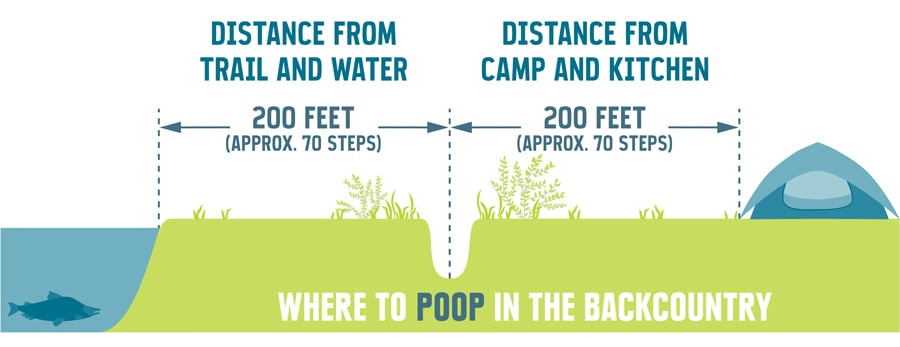
PEEING OUTDOORS
When having to pee outdoors you should again be making sure you are 200 feet away from a water source. Then if you are a dude, well it’s easy! If you’re a woman then it’s a little more complicated.
Women, let’s talk! There are two ways of peeing outdoors for us. One way is that you can squat on the ground (with the option of wiping). The other way is using a urination device such as the SheWee where you can stand to pee. Practice using it before doing this on the trail though… pee funnels aren’t the easiest to get the hang of!
As for wiping, there are many different things that women can do:
- You can bring toilet paper and pack it out.
- You can also use a pee rag, bandana, or some other piece of cloth. There is also a Kula Cloth which is pee cloth for women made of silver-infused antibacterial fabric that is absorbent on one side and waterproof on the other (they don’t get smelly).
- You can also use a rock, leaves, or other natural items. Just make sure to not grab a poisonous plant to wipe with… that won’t be fun.
- Biodegradable wet wipes are another good option but these are a little heavier to carry, especially since you have to pack it out.
- There is also the drip method which is when you stay in a squatting position and let yourself dry naturally. However, you reportedly run a higher risk of a UTI when doing this method.
Whichever method you use is up to you. Just make sure that you are keeping the area clean to avoid infections.
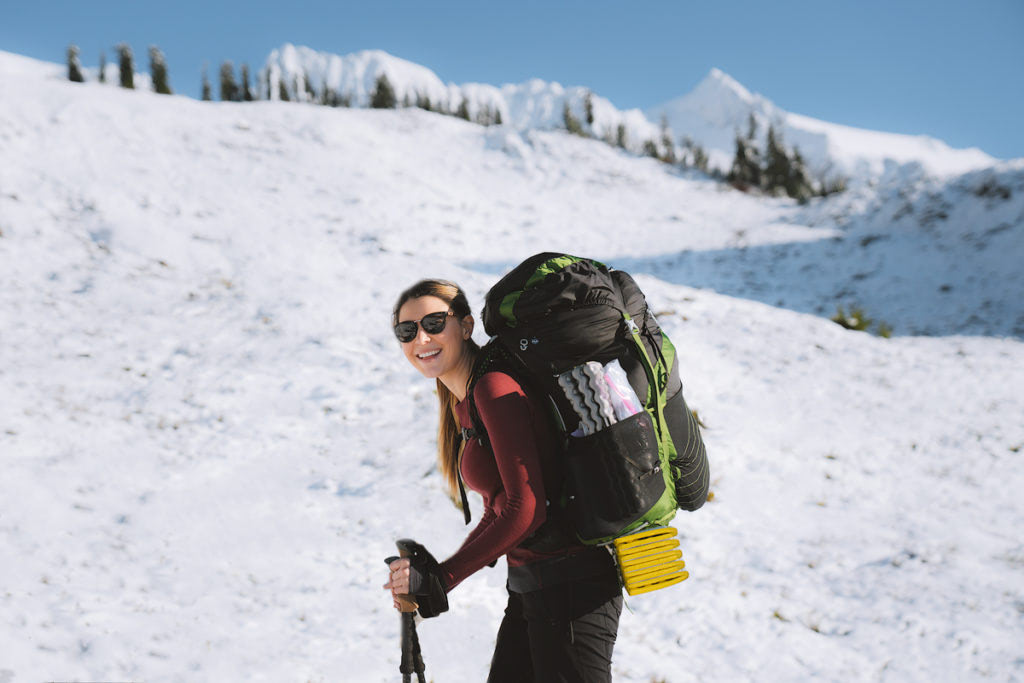
Outdoor Hygiene for Women
We women have it so great… we also have to deal with periods in the outdoors! There are different ways of managing your periods and still making sure you practice adequate outdoor hygiene. If it suits your schedule, you can plan your trips around when your next cycle is expected.
If you are on birth control then skipping the pills for that week and starting the next month a week early can be another option (talk to your doctor first before doing this). Or you can just do what I do and learn ways to manage your period in the backcountry. As unpleasant as it sounds, there are ways of dealing with it properly and also practice Leave No Trace principles.
MENSTRUAL CUPS
Menstrual cups are a great option for reducing waste associated with your menstrual cycle. You can generally go longer between washing/changing in comparison to tampons and pads, they are waste-free, and overall they are easy to use once you get the hang of it. I would recommend you practice inserting the cup and using it before taking it out in the backcountry.
When dumping out your menstrual cup it is important to bury the contents in a hole about 6 to 8 inches deep, 200 feet away from any trails, waterways, and campsites. Rinse out the cup and reinsert. To avoid Toxic Shock Syndrome, make sure to never leave your cup inserted longer than the recommended time noted on your menstrual cup packaging or instructions.
As a backup and to avoid any leaks onto your clothes, you can either use disposable panty liners or menstrual underwear. Some brands that I recommend are Knix and Thinx. You can even get thong versions, which are great for women who prefer wearing leggings when hiking.
Here are some menstrual cup brands that I would recommend checking out:
PADS AND TAMPONS
If you choose to use pads or tampons remember that you may have to change them more often as they don’t hold as much as menstrual cups. You will remove them the same way but make sure to bring a resealable bag to put any used items in. You can’t leave these behind so you will have to pack them out and dispose of them properly once you get home. Another thing to remember is that they do weigh more after you use them.
Here are a few non-toxic brands for pads and tampons that I recommend checking out:
DEALING WITH MENSTRUAL SYMPTOMS
Everybody is different when it comes to menstrual symptoms but it’s not uncommon to experience bloating, fatigue, cramping, and headaches. I personally love the Rael Natural Heating Patches for when I am on the go and dealing with cramps. I also use topical peppermint essential oil and take over-the-counter pain medication (e.g. Advil) if the pain is really bad. Reducing your sodium intake can help aid with bloating and always remember to stay hydrated to avoid causing or exacerbating headaches.
Want more information? Consider checking out this detailed guide to learn more about how to deal with your periods outdoors.
Outdoor Hygiene for Men
Hygiene for men is a little simpler in the backcountry, but keep in mind that the same Leave No Trace principles apply as those discussed above. If you are the type of guy that shaves, I would recommend you shave the morning before heading out on your trip so that way you can go longer without shaving. If you are going on a super long backpacking trip then you could use some soap (200 feet away from any water source) and dispose of your shaved hair in a dug-out hole or mix it with dirt.
Dealing with Acne in the Outdoors
I have on and off dealt with acne for my entire adult life, including during many trips in the backcountry. It’s not easy to manage in the outdoors but here are some things I have learned over the years:
Make yourself a small bag filled with skincare essentials like hand sanitizer, face cleaning wipes (like these ones from Ursa Major), small tubs of your skin care regime (use GoTubbs or similar), and anything else you might want.
I generally keep things very lightweight in the backcountry and skip on things like deodorant, hand cream, or anything too bulky, but I will often bring along a small tube of concealer and lip balm. This won’t weigh very much and it will allow you to take care of your skin wherever you find yourself.
As much as you can, try and stick with your skincare routine.
Sometimes this means having my husband pour water into my hands so I can wash my face when we were camping. It means going out of my way to clean my hands at the start and end of each day so I can apply my skincare products in a hygienic way.
It’s okay to wear makeup.
If makeup is what gets you out of your home and enjoying life, do it! I sometimes take a small tube of concealer with me when camping or I will decant some of my foundation into a small tub. Wearing a little bit of makeup in the outdoors does not make you less adventurous or “high maintenance”. I have had people (online) tell me that I am not an “authentic” hiker or outdoor woman because I am wearing a bit of concealer and mascara during a hiking trip, which is obviously a load of crap! Heck, I have a bunch of friends who have perfect skin and still choose to wear some makeup outdoors. Moral of the story – ignore the haters and you do YOU.
Try not to touch your face!
Bacteria and dirt will make your skin break out even worse, so avoid touching your face unless your hands are clean. Also, avoid picking or squeezing any breakouts, instead use hydrocolloid acne healing patches whenever possible (e.g. overnight).
Chlorine and dirty bodies of water can inflame your skin and lead to more breakouts, so I would recommend you wash your face after swimming.
Packing Personal Hygiene Products
Everyone does this a bit differently but I want to quickly tell you how I pack up my hygiene essentials. I usually use a lightweight zip-up bag such as this one where I can put all of my hygiene products in it. Inside of it you can find some face cream which I place in a reusable travel containers, some concealer and/or other light makeup items, wipes to remove any makeup and grime, my toothbrush and toothpaste, earplugs, a lip balm, tissues, menstrual items if needed, hair ties, and a small hairbrush or comb. Another good option for you to use is a wet bag as well just in case anything breaks or leaks.
Recap on Outdoor Hygiene Tips
Well that’s a wrap! I really hope you have found this guide useful for finding a good hygiene routine that fits your need. To recap real quick:
- Remember to always follow Leave No Trace principles.
- Carry trash bags to pack out your waste (and any you find on the trails).
- Practice good hygiene whenever possible.
- Poop and pee 200 feet away from trails, campsites, and waterways.
- Bury your waste and pack out toilet paper, wipes, and sanitary products.
Do you have any tips to share? What is your outdoor hygiene routine or your favorite backcountry hygiene products? Let’s talk in the comments below.
Other Helpful Resources
Ultimate Guide to Eco-Friendly Female Hygiene Outdoors
Backcountry Hygiene: How to Pee, Poop, and Period like a Pro
Tips for Peeing, Pooping, & Periods in the Outdoors
Outdoors on Your Period – Tips on Dealing With Your Menstrual Cycle
PIN for later!
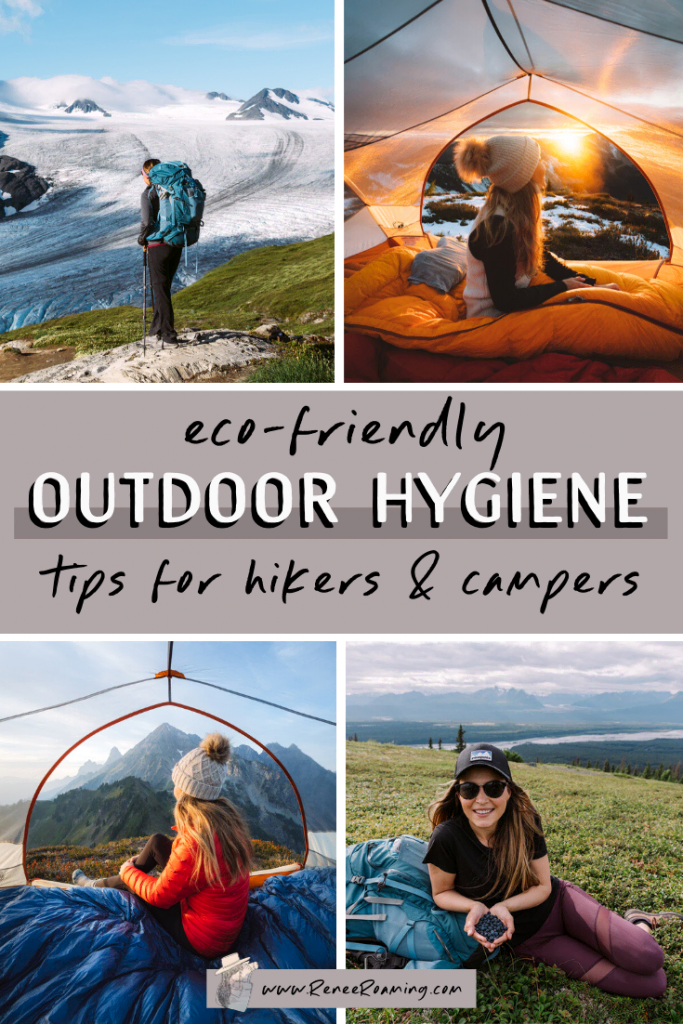
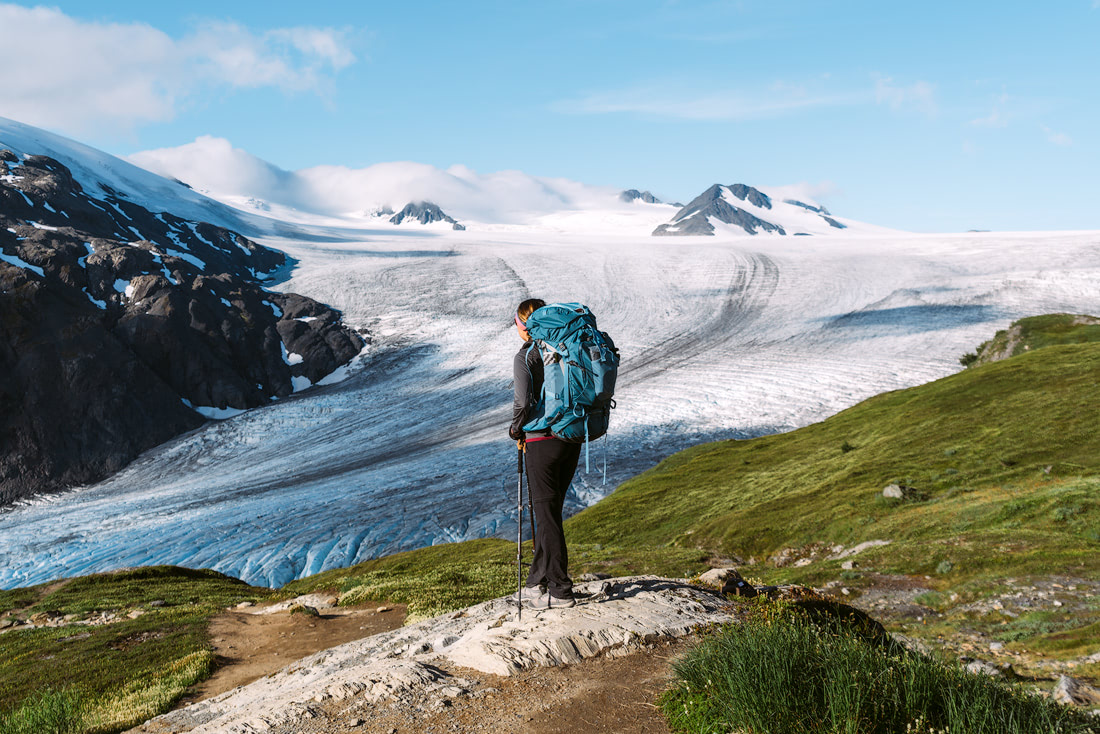
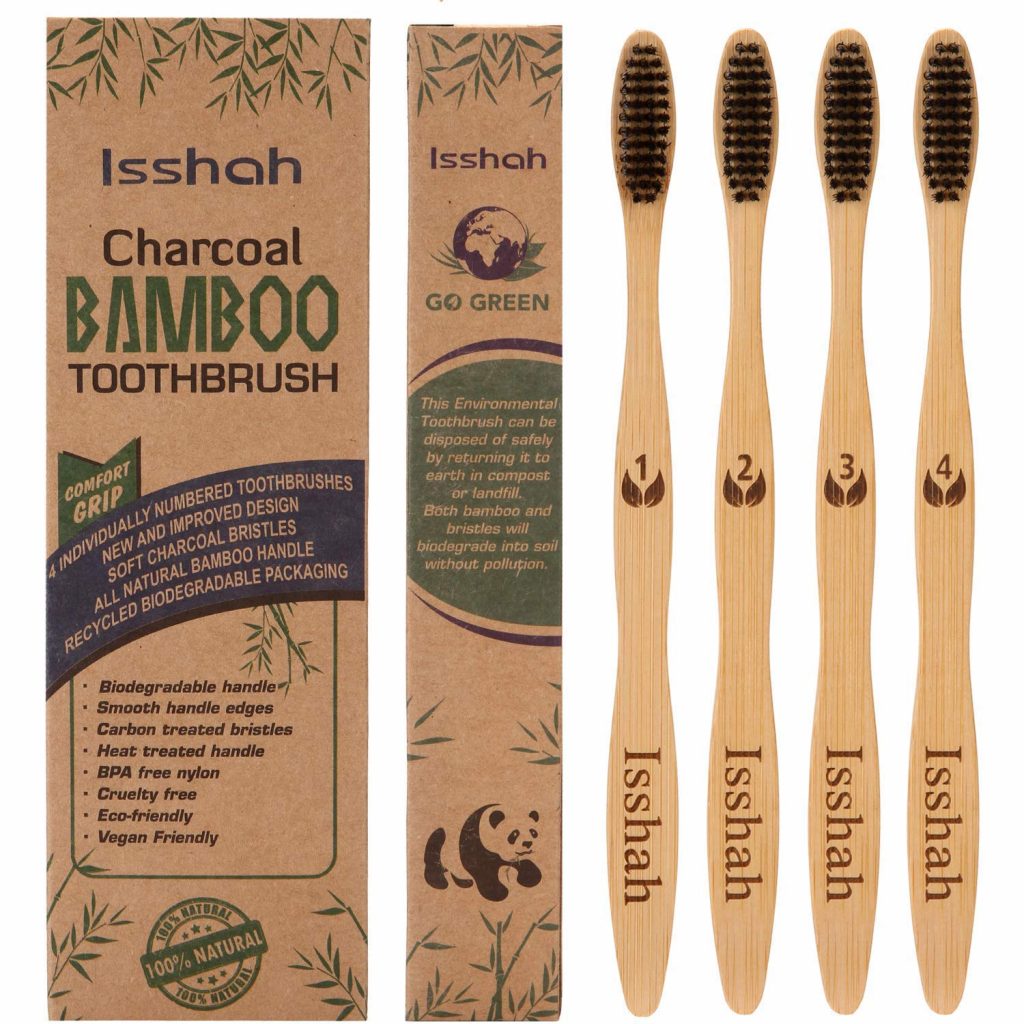
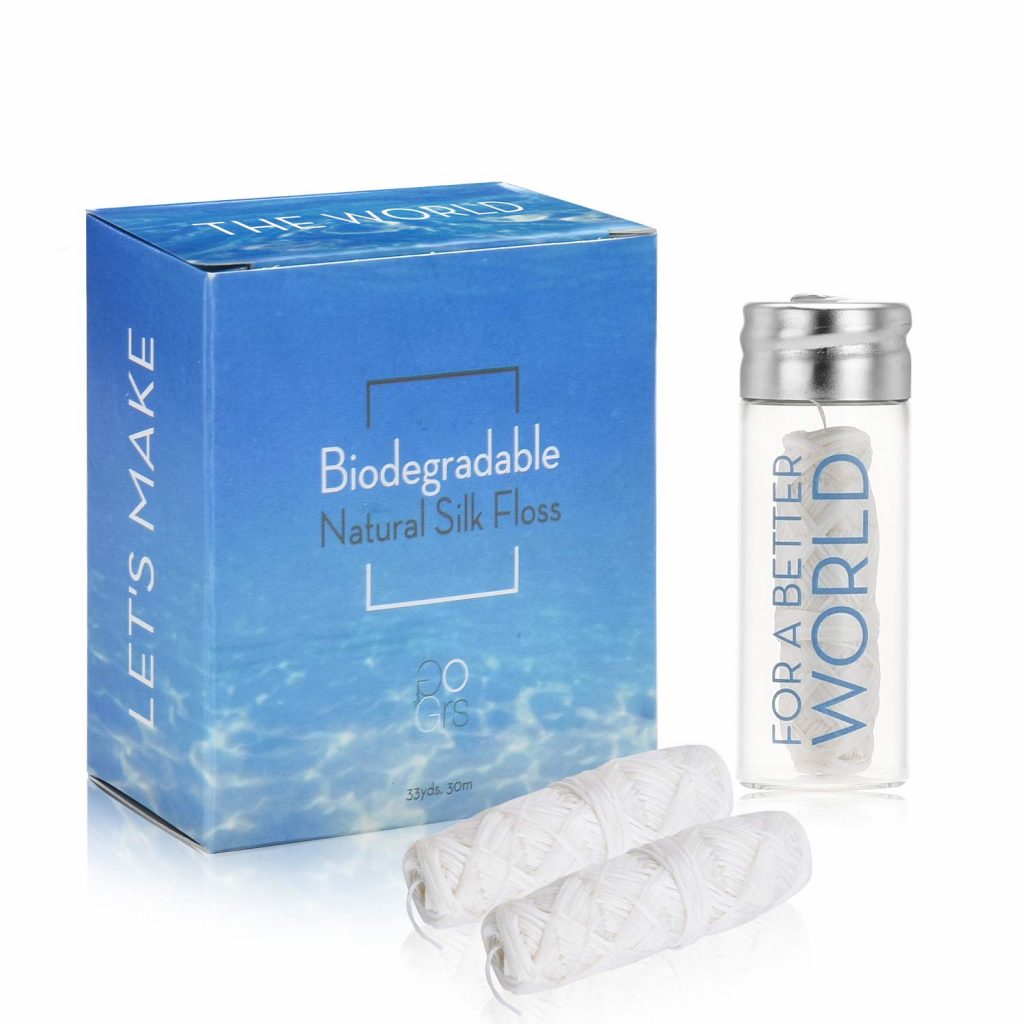
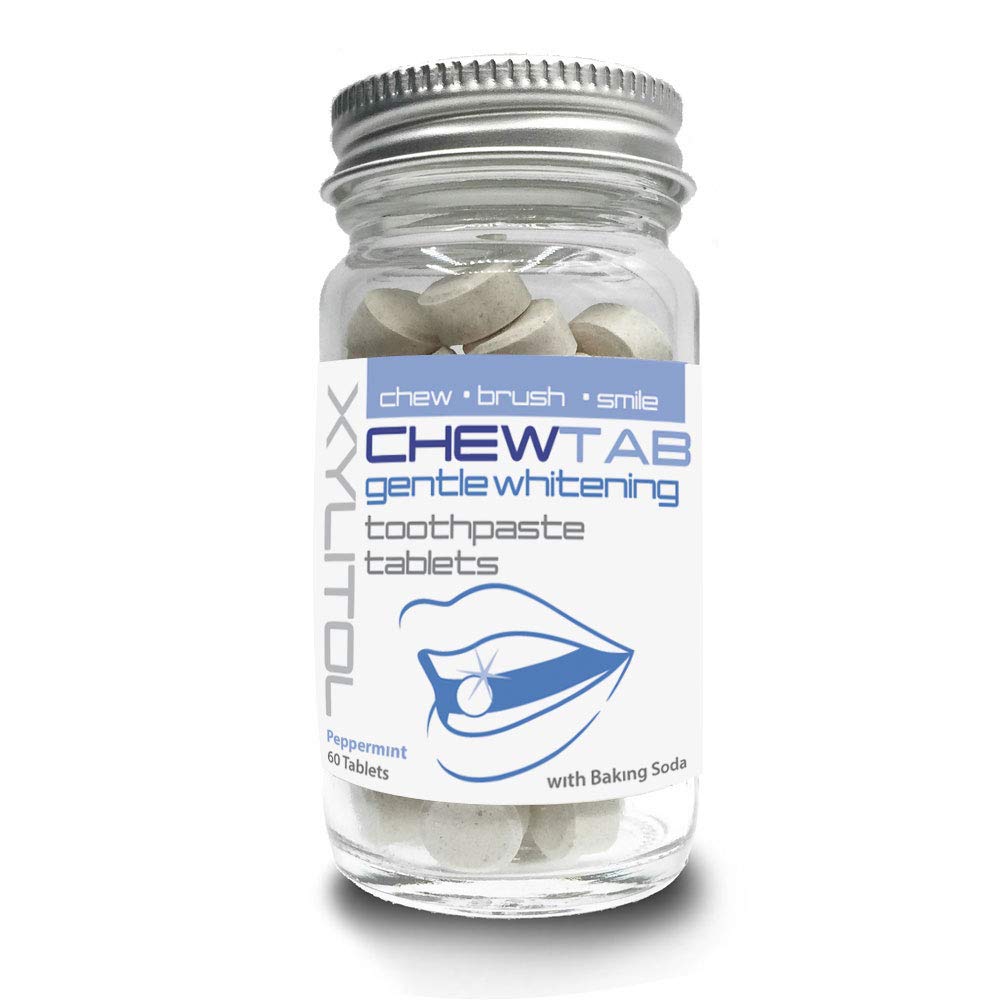
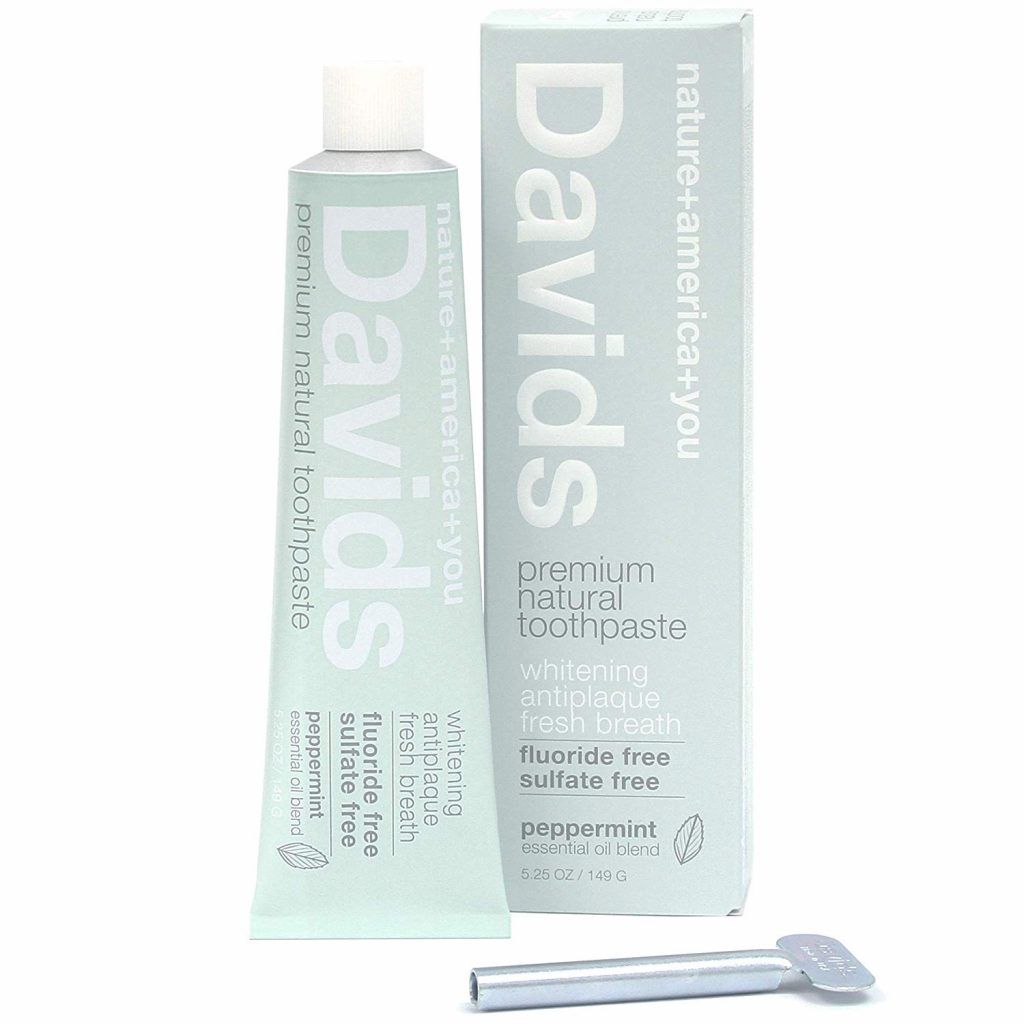
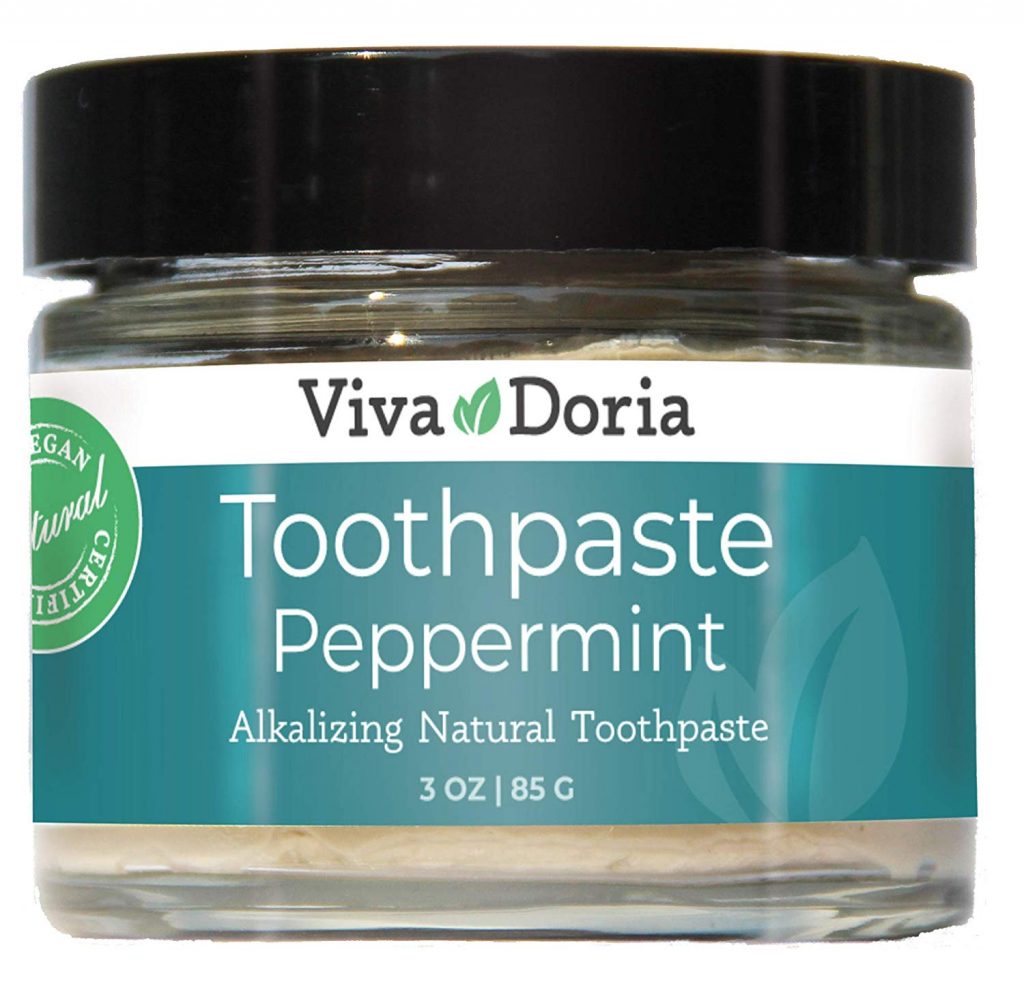
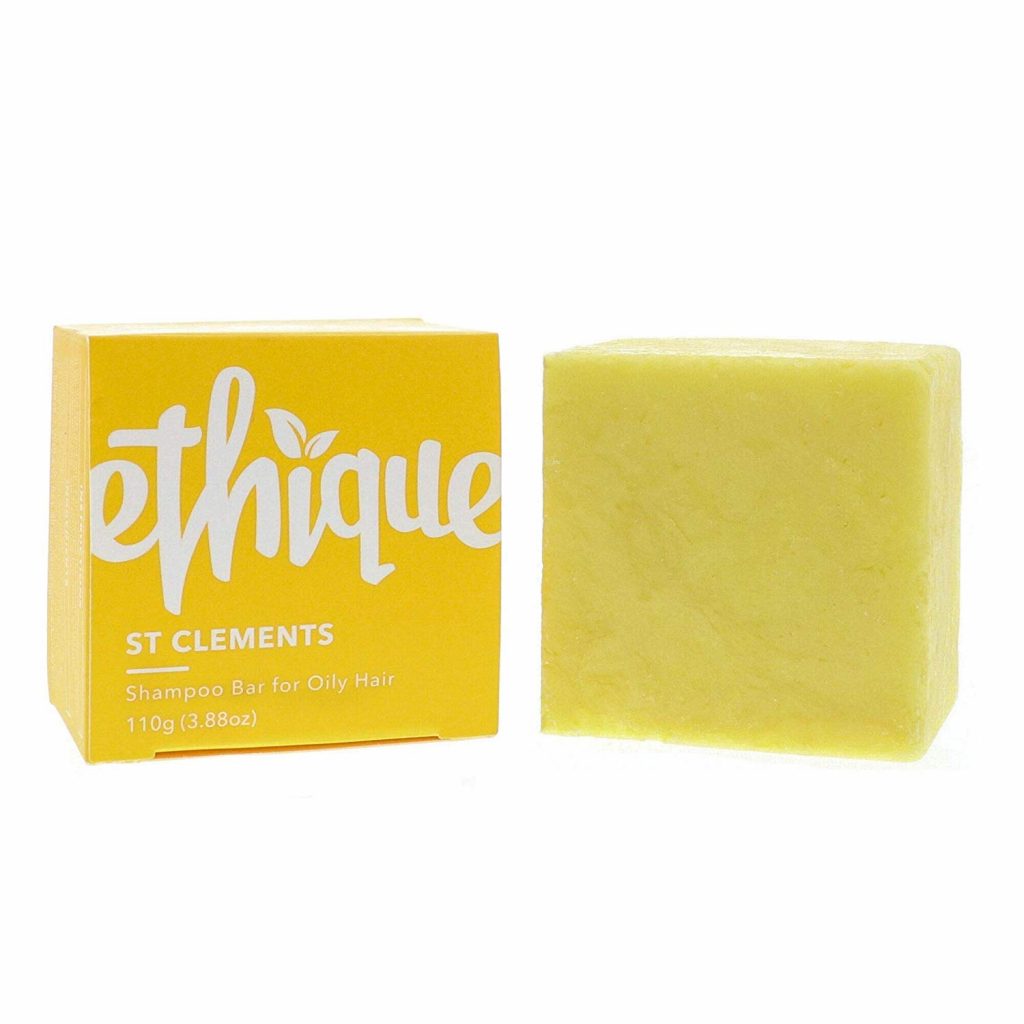
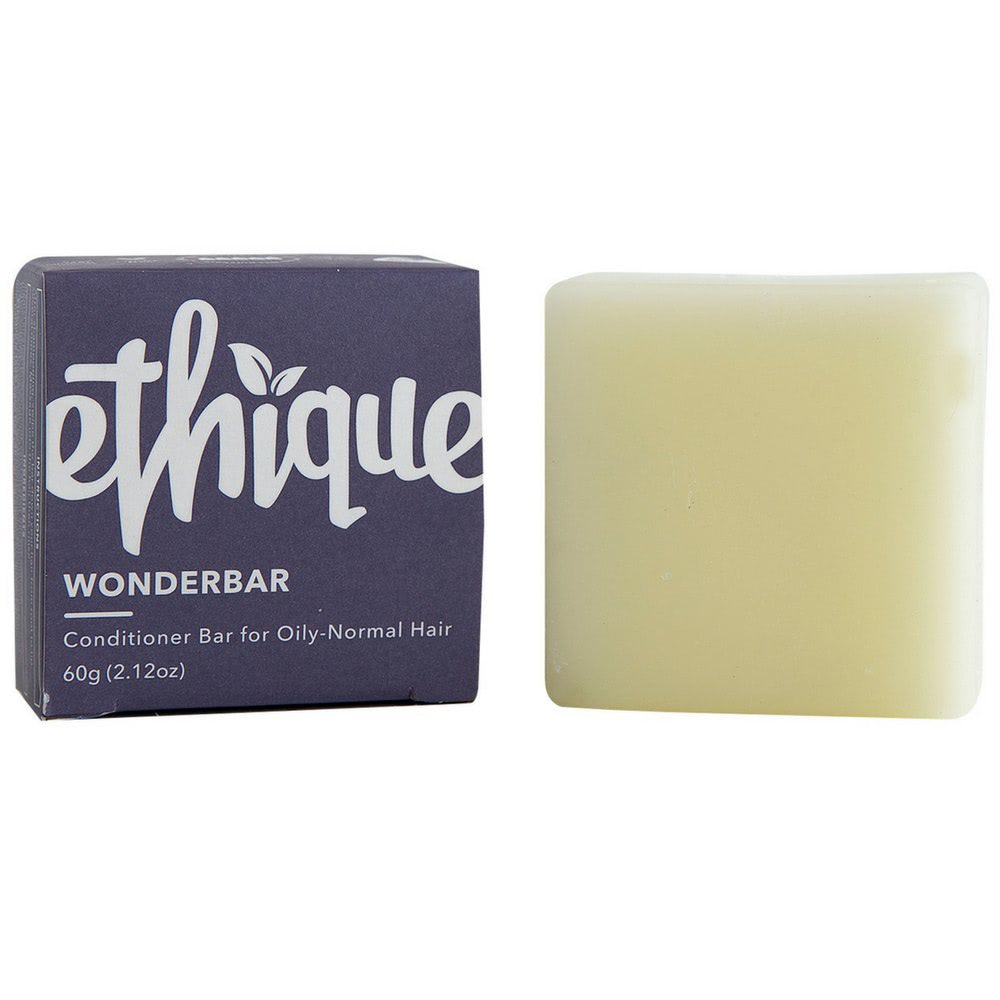

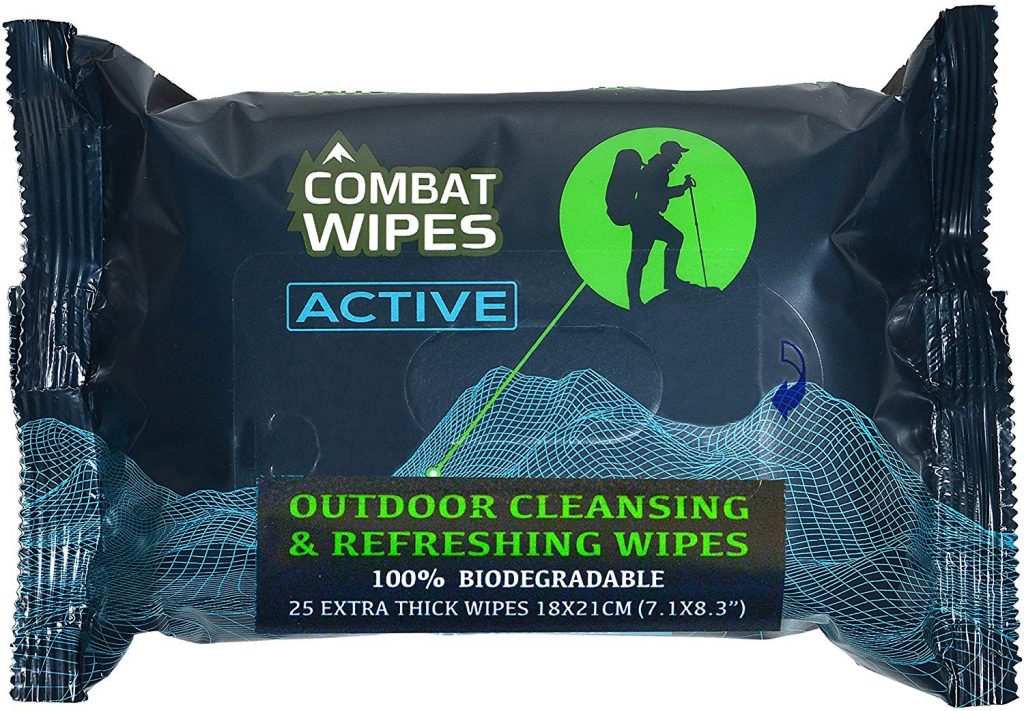
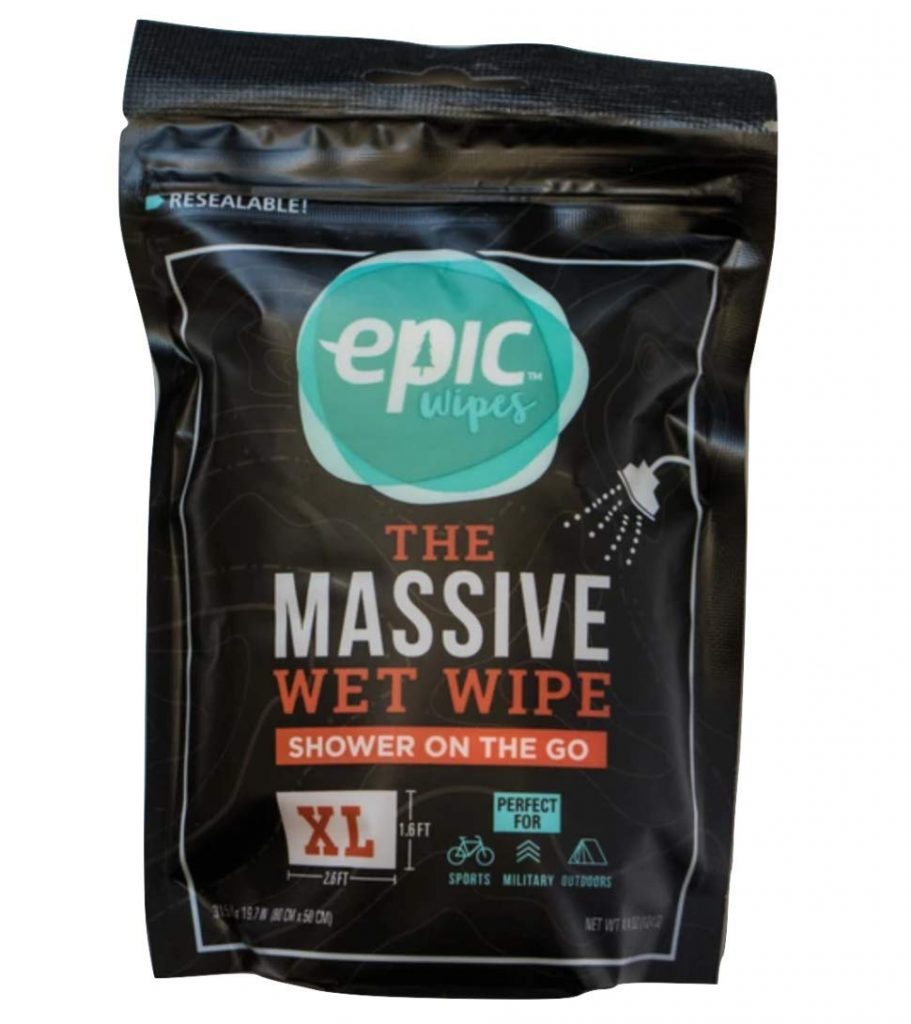
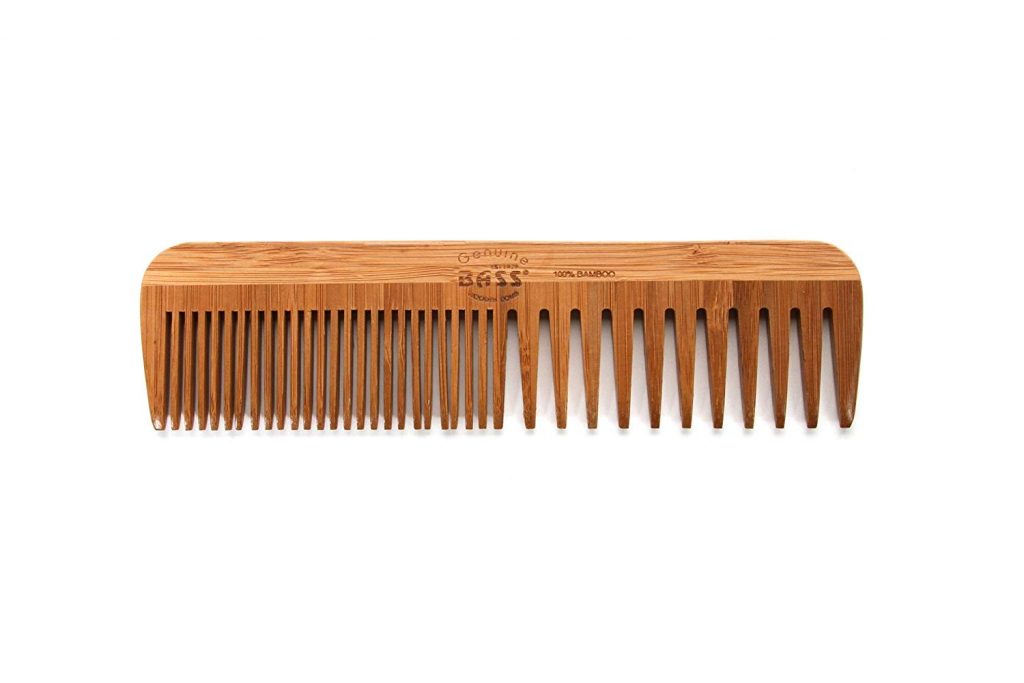
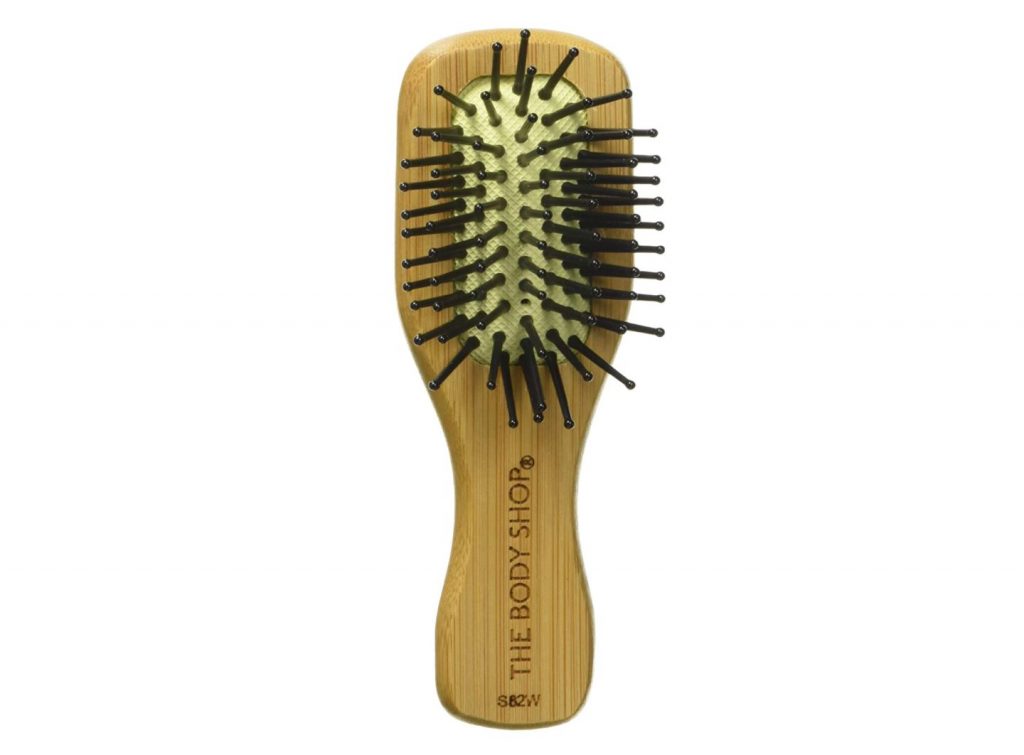
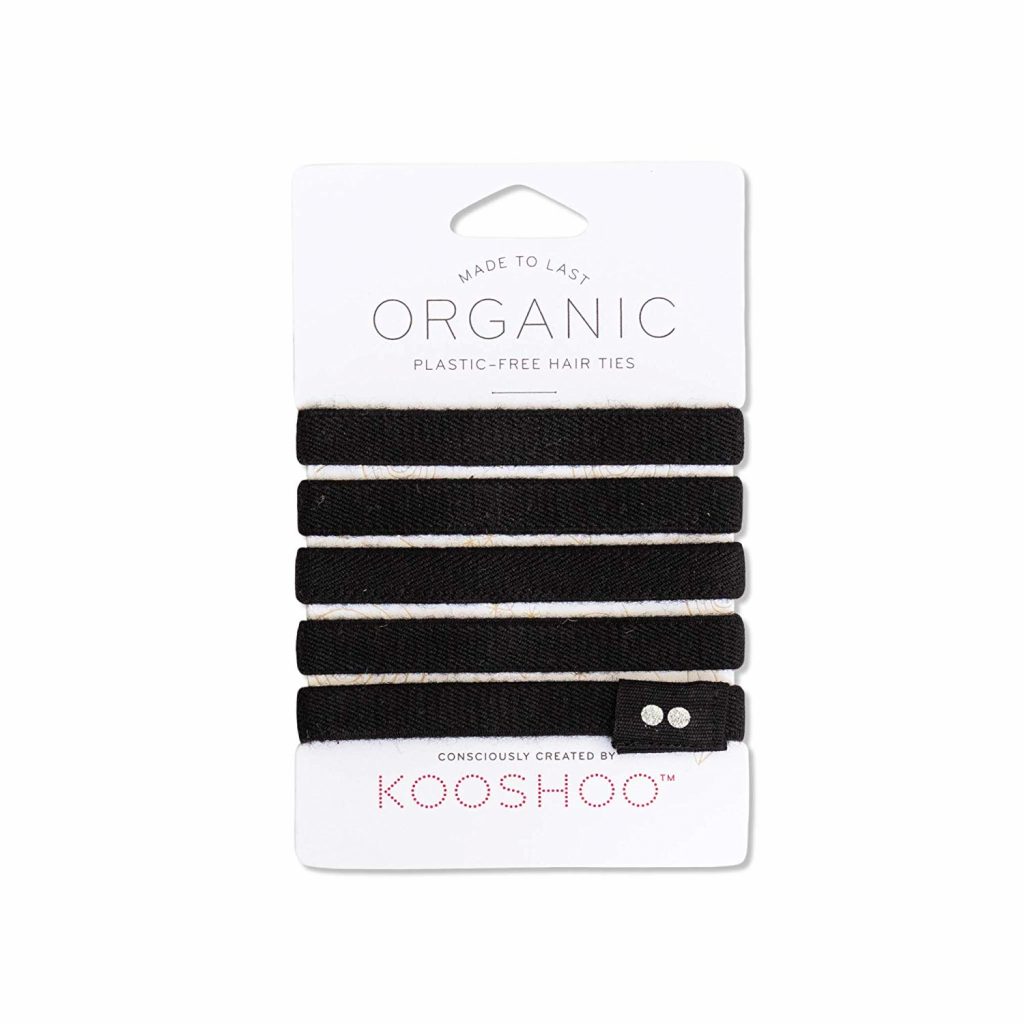
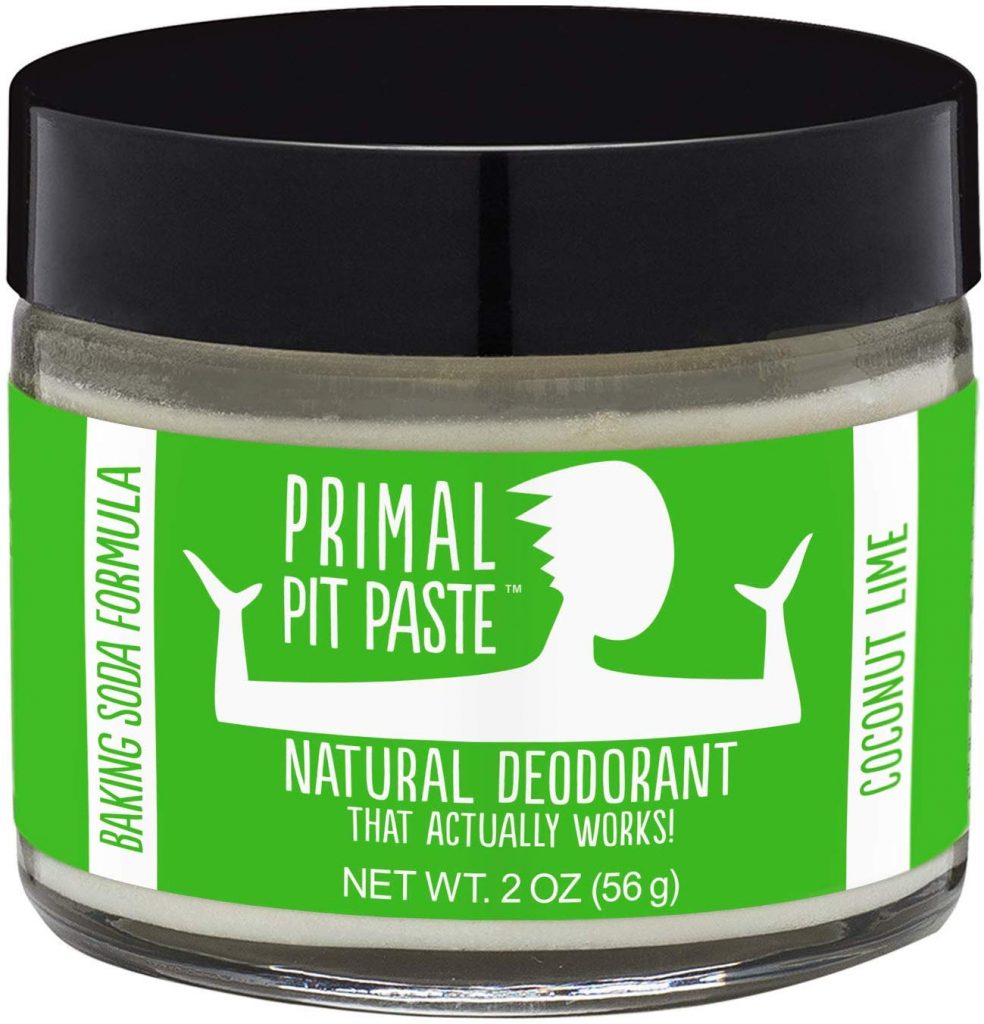
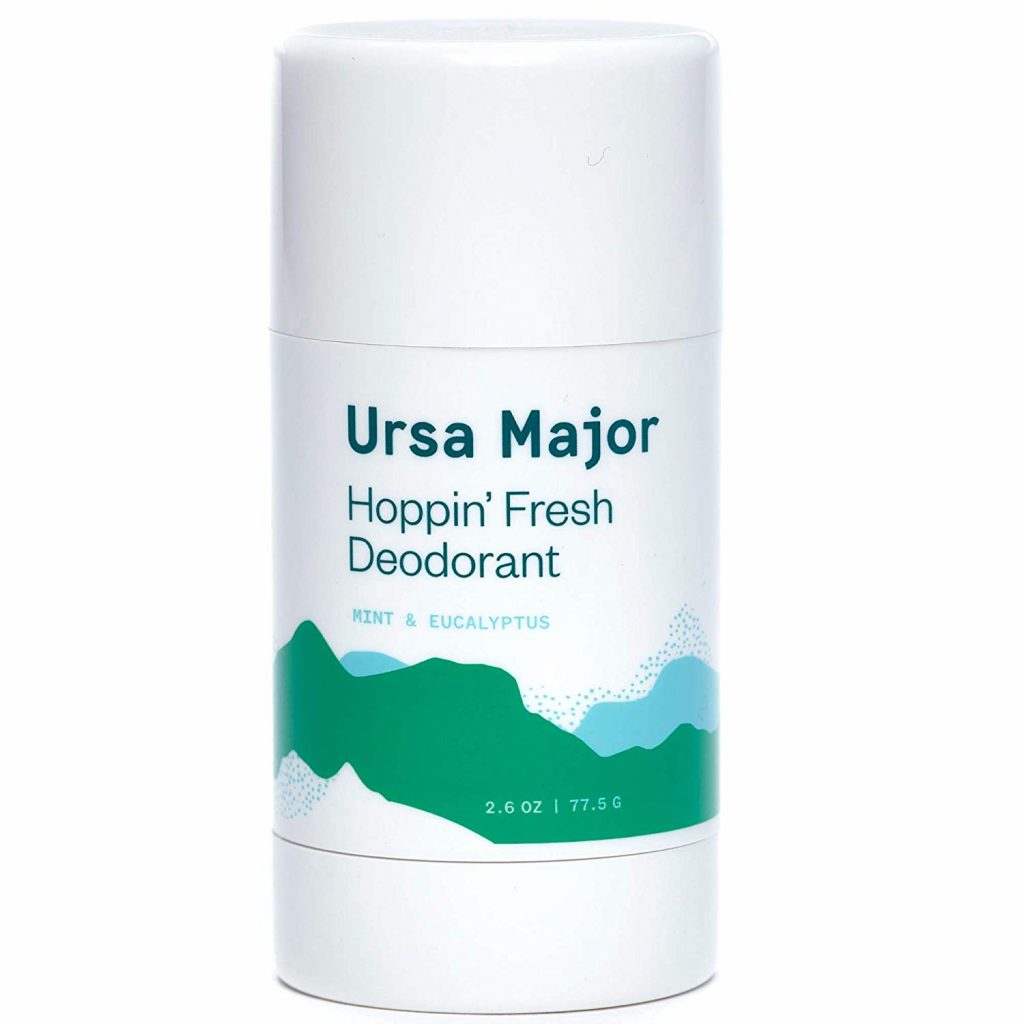
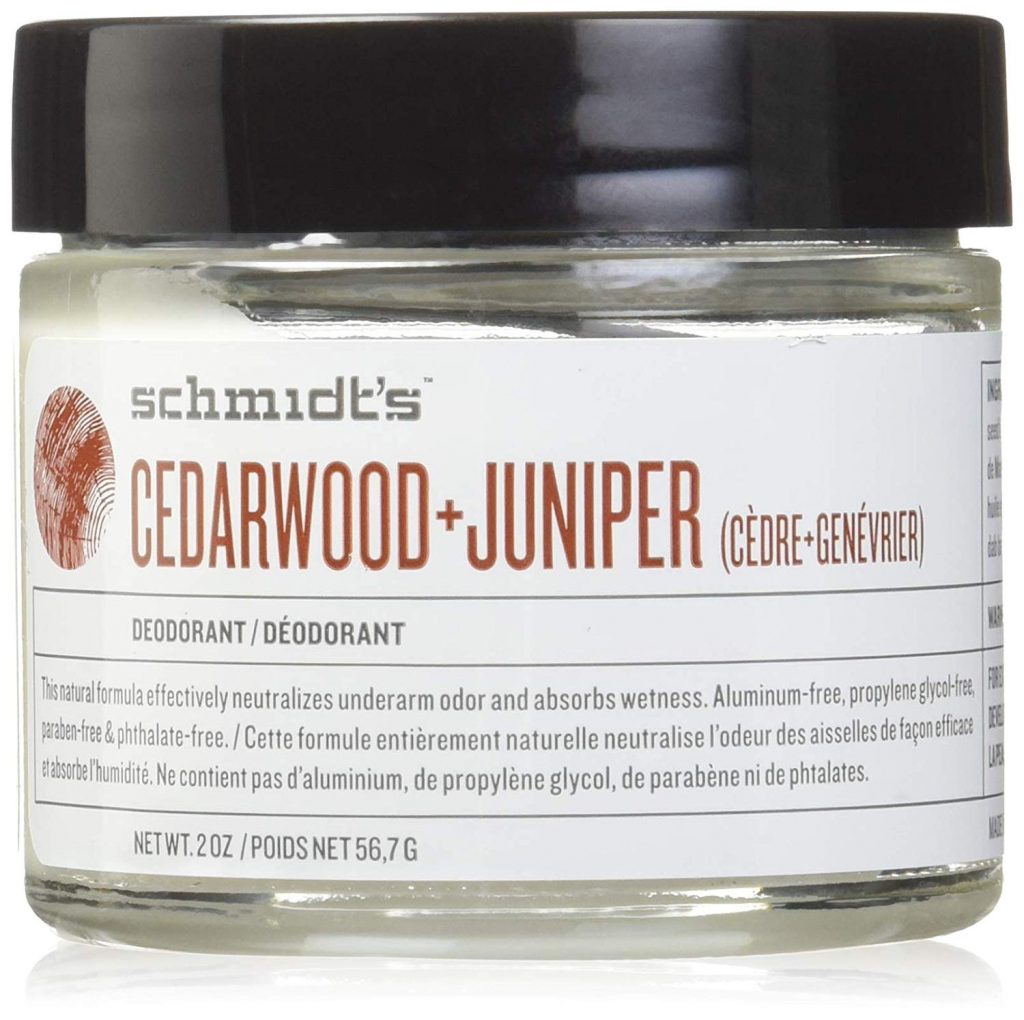
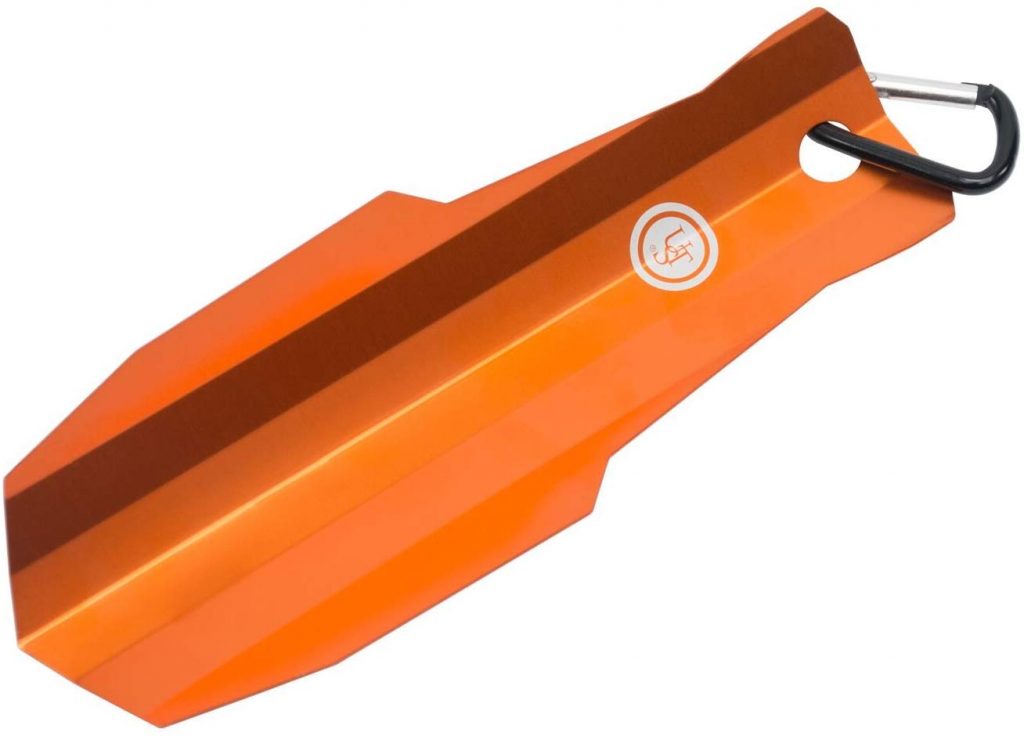
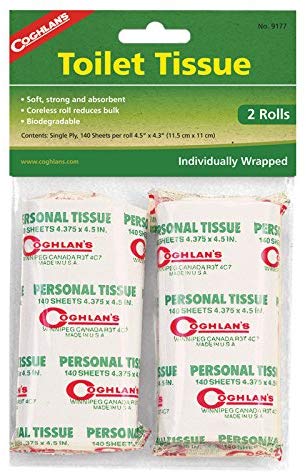
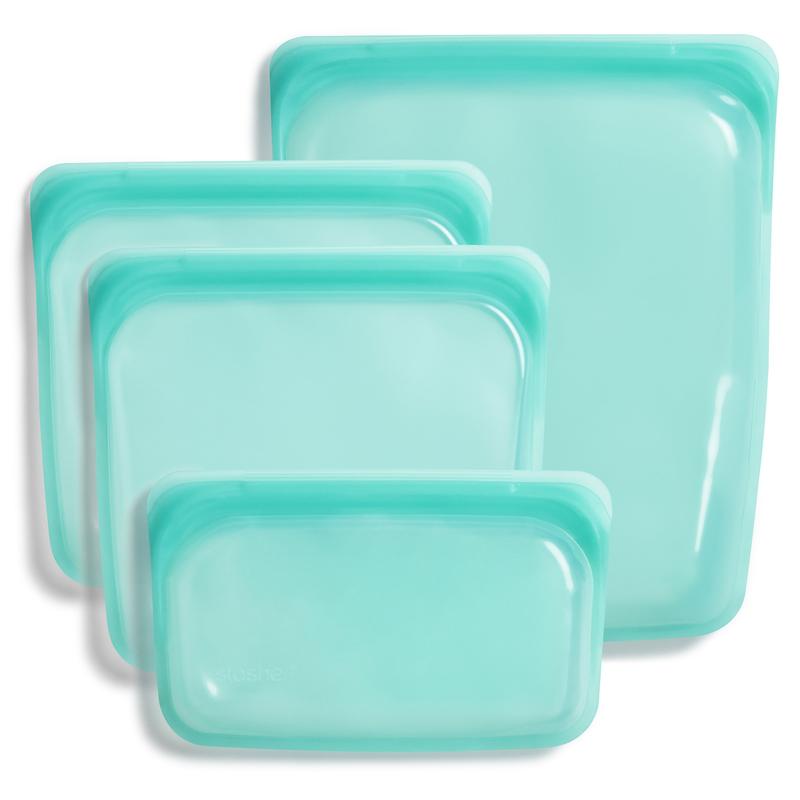

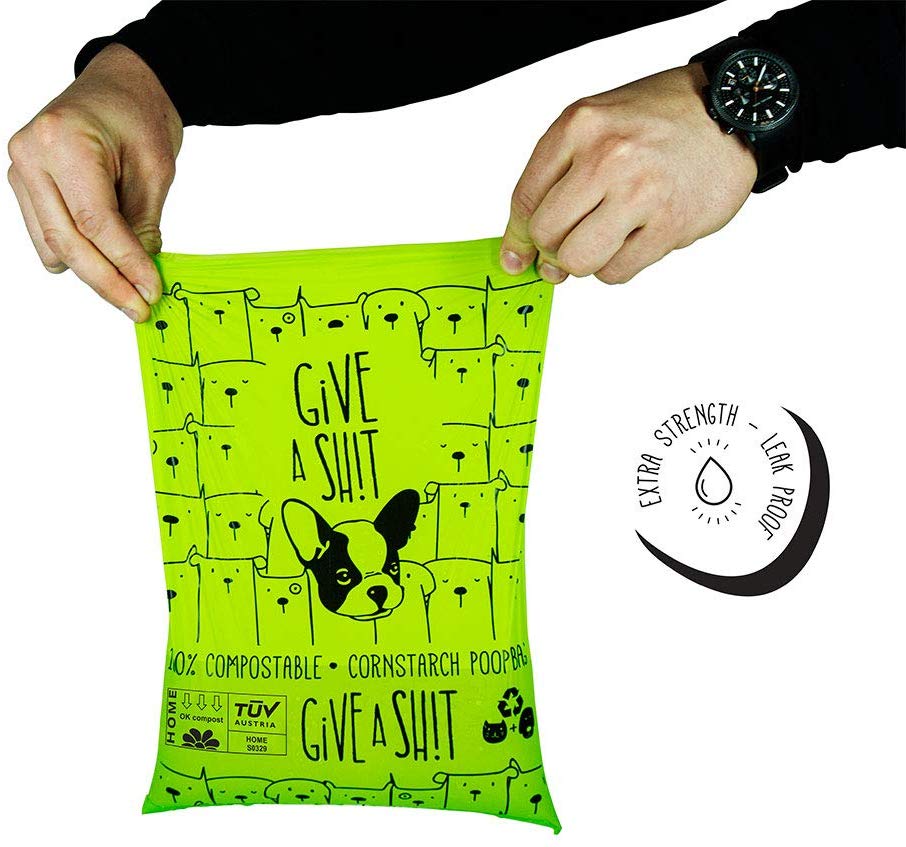
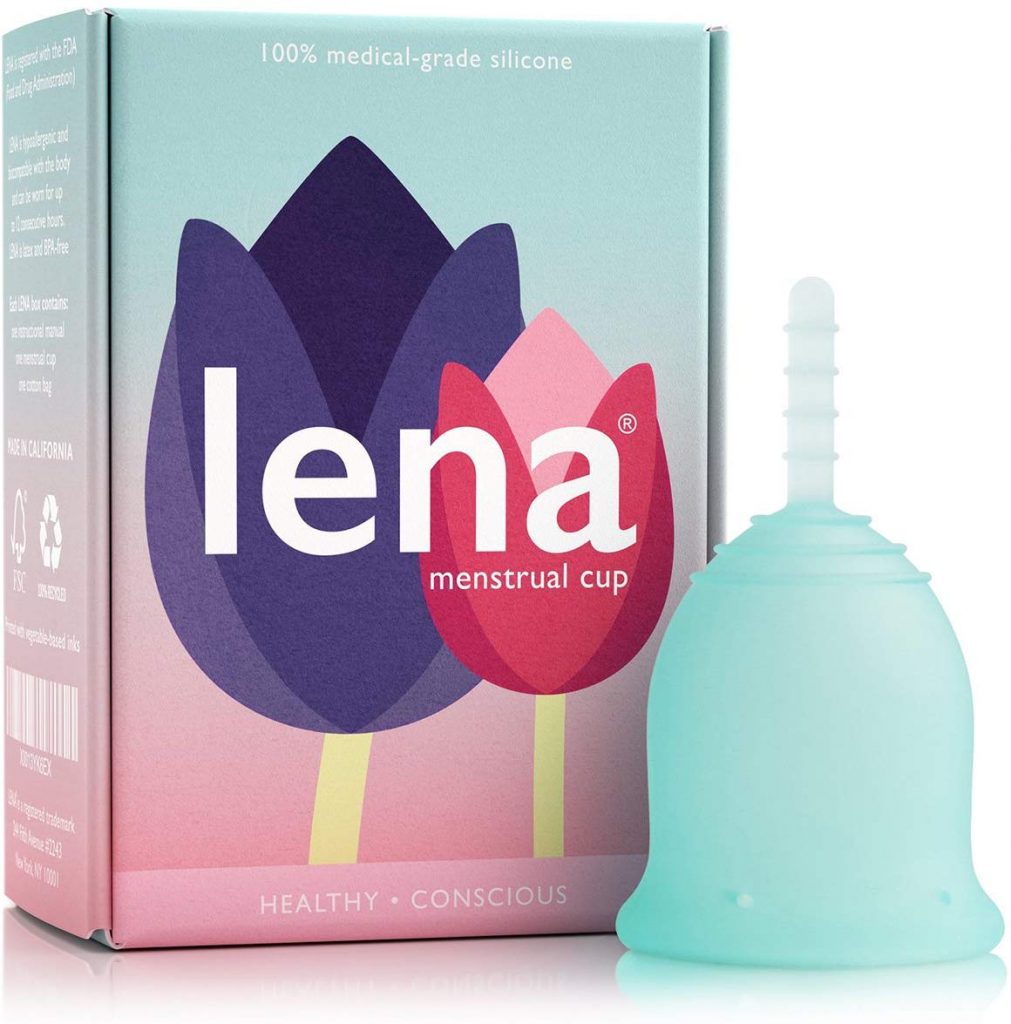
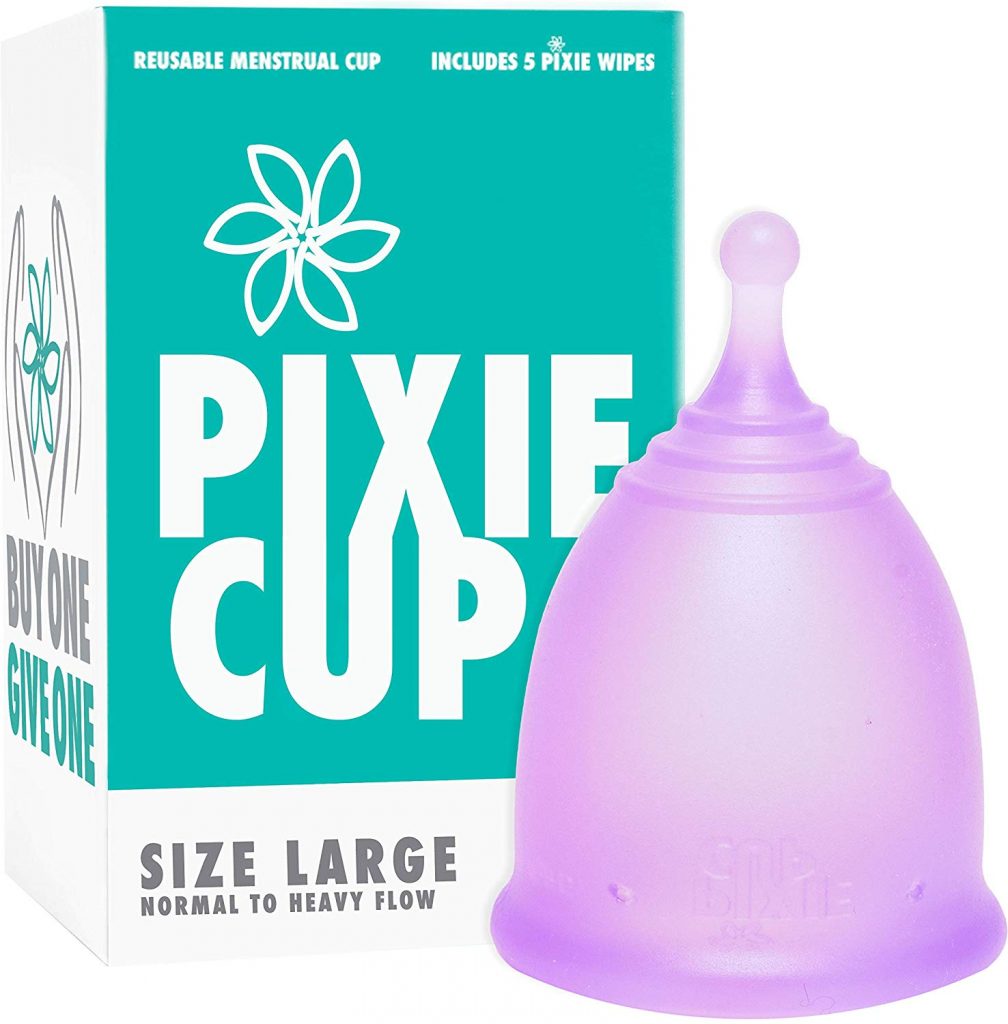
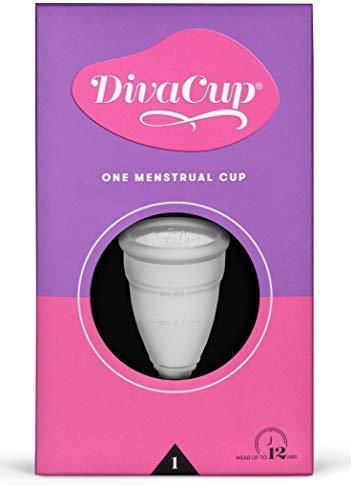
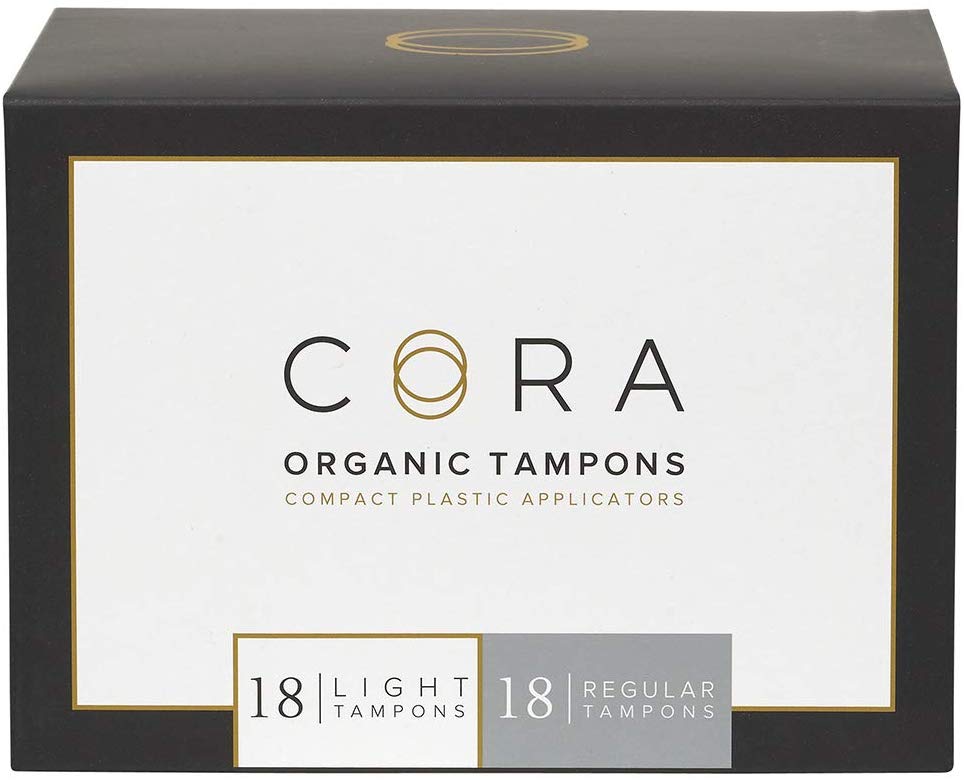

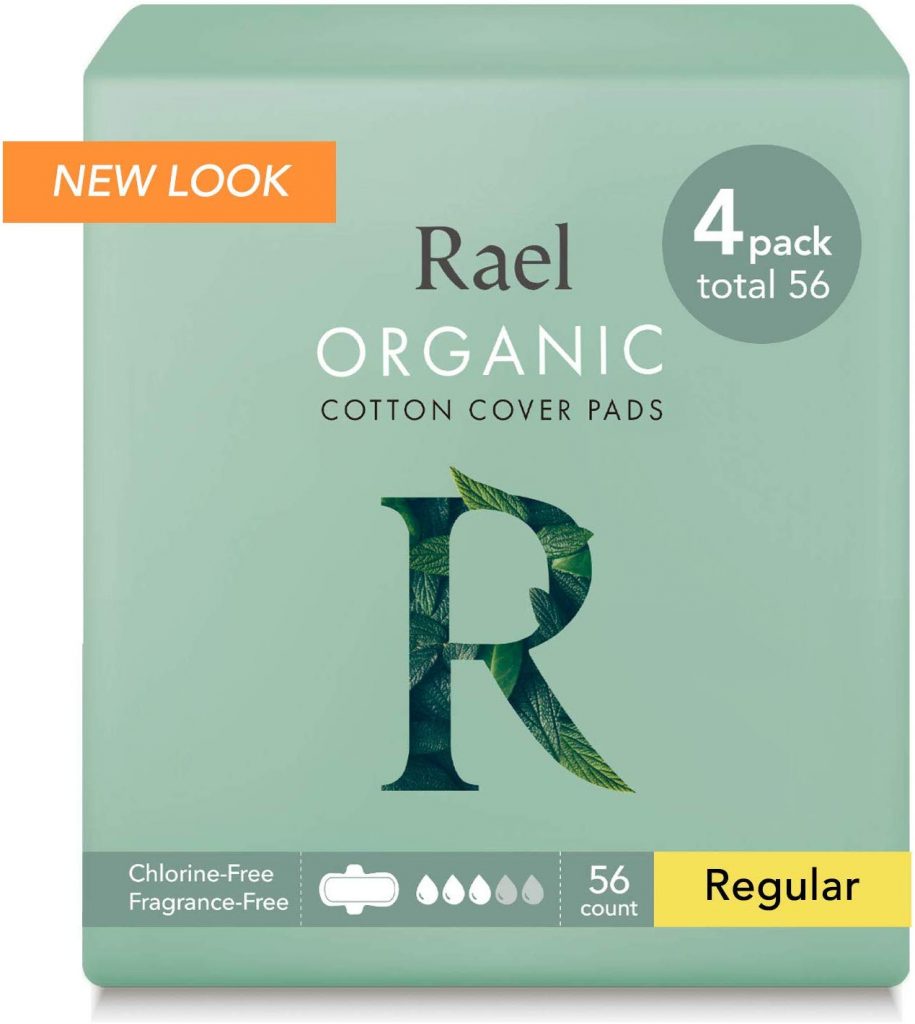
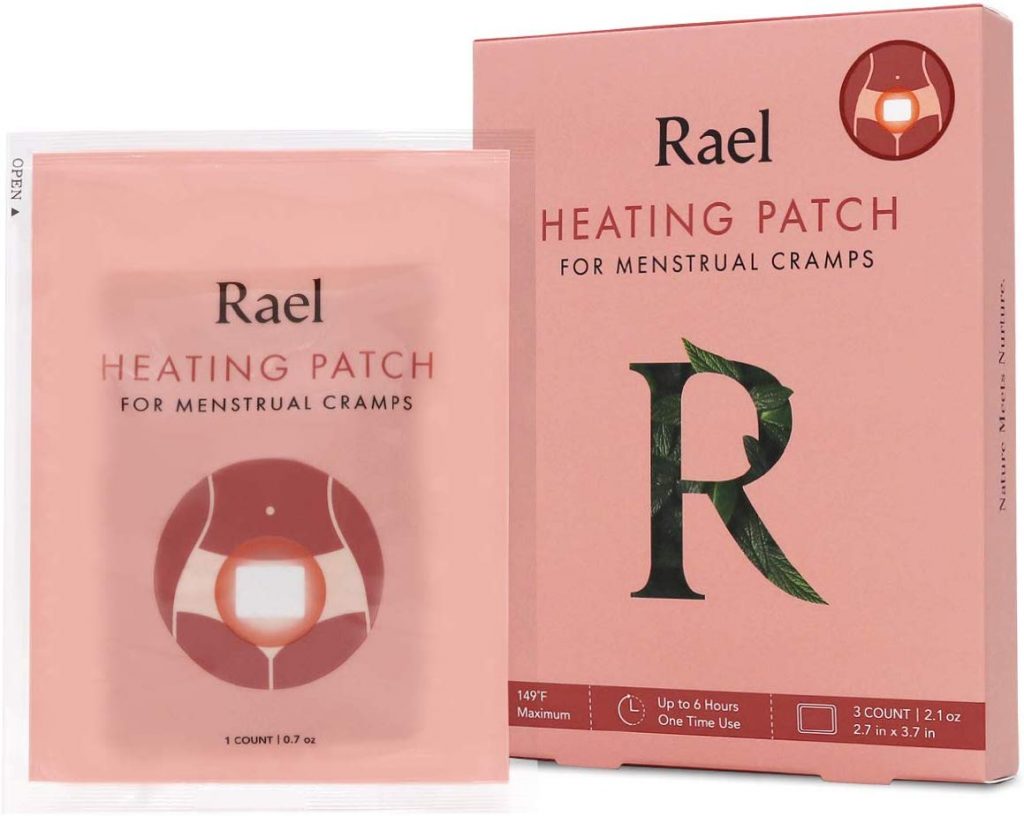
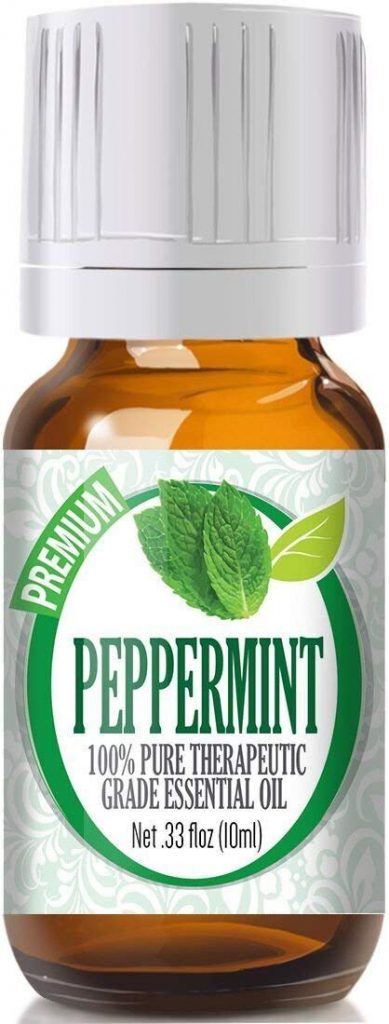
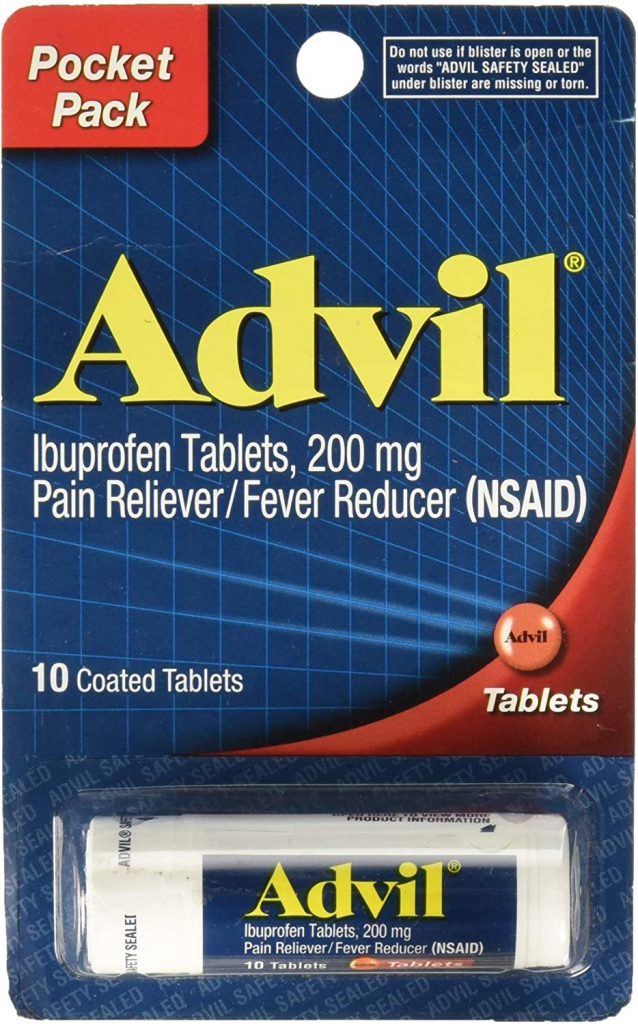
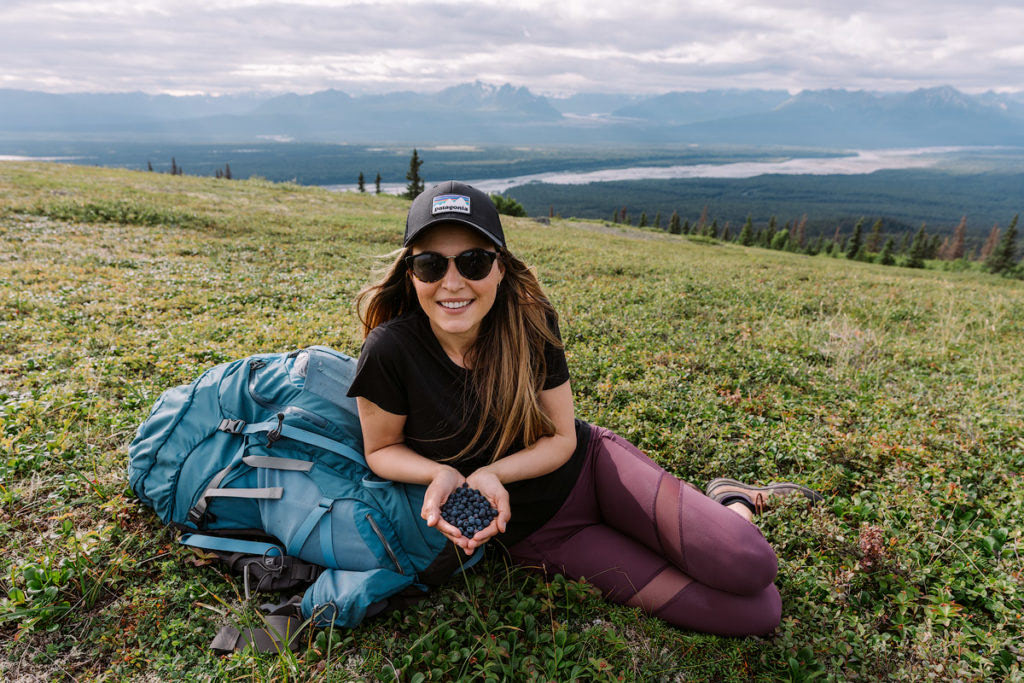
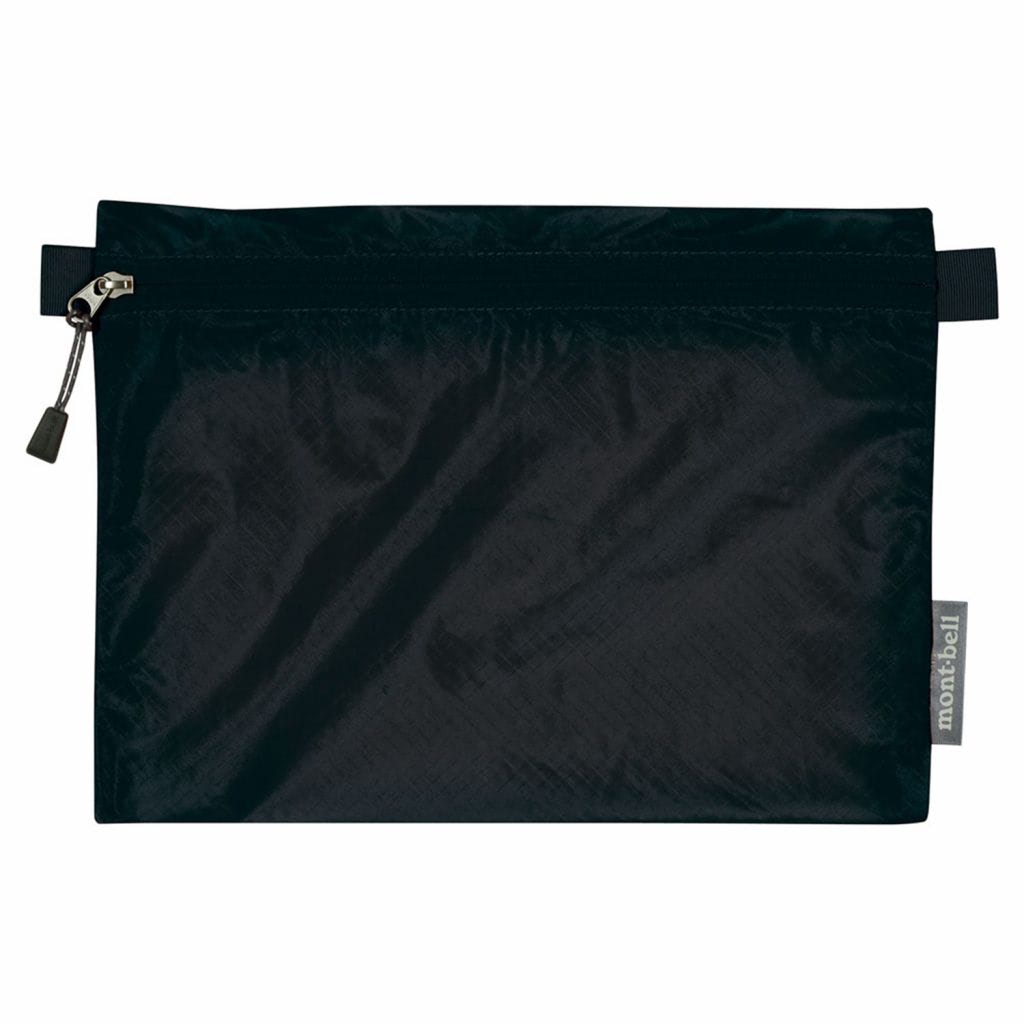
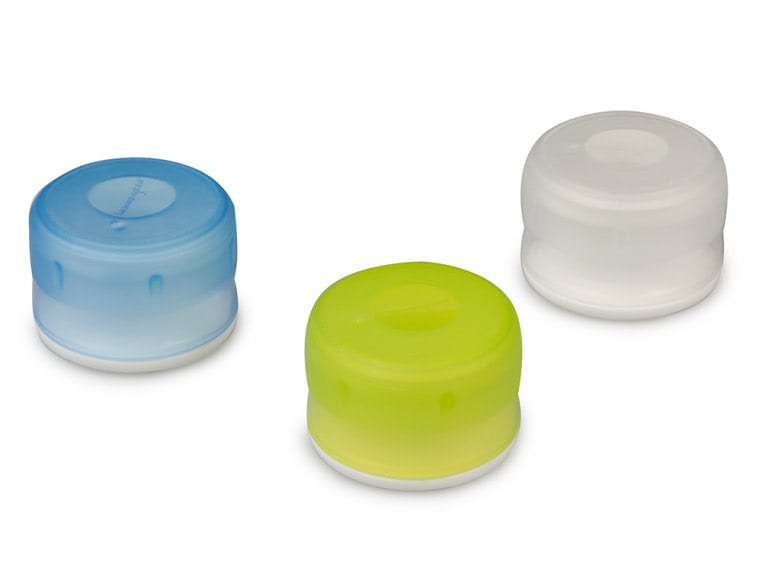
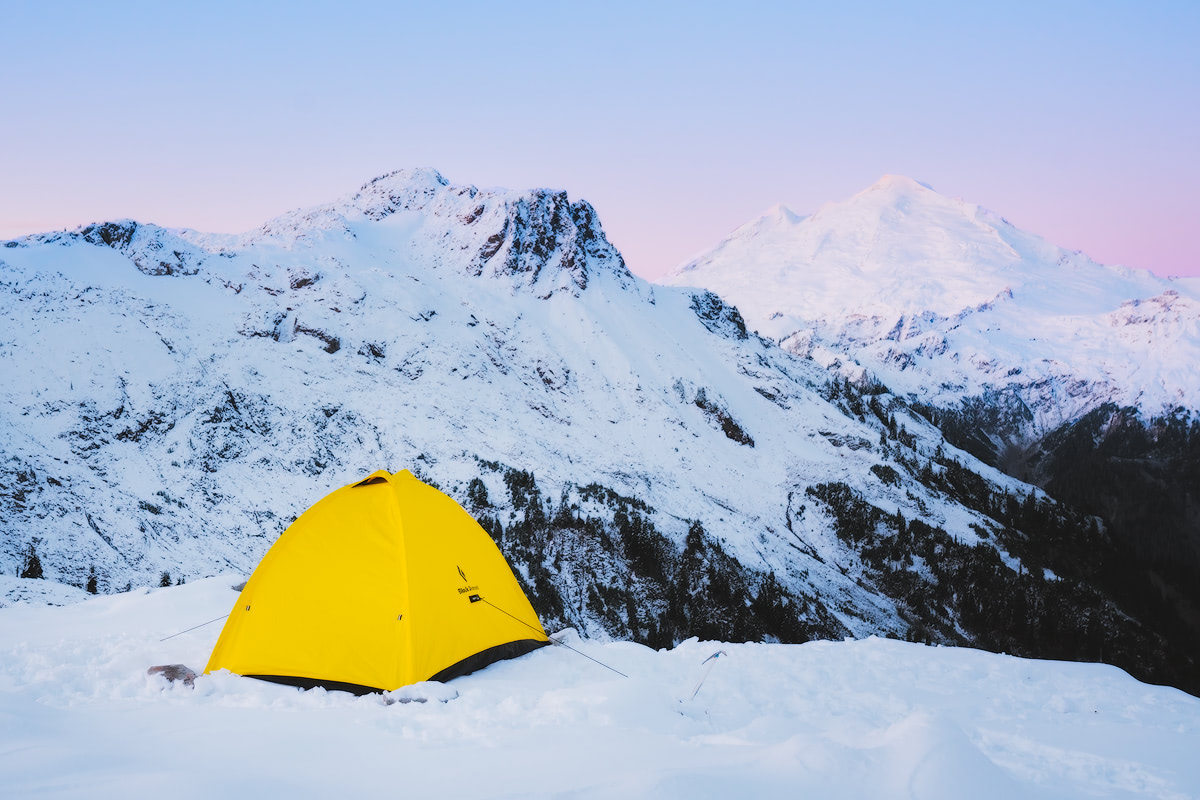
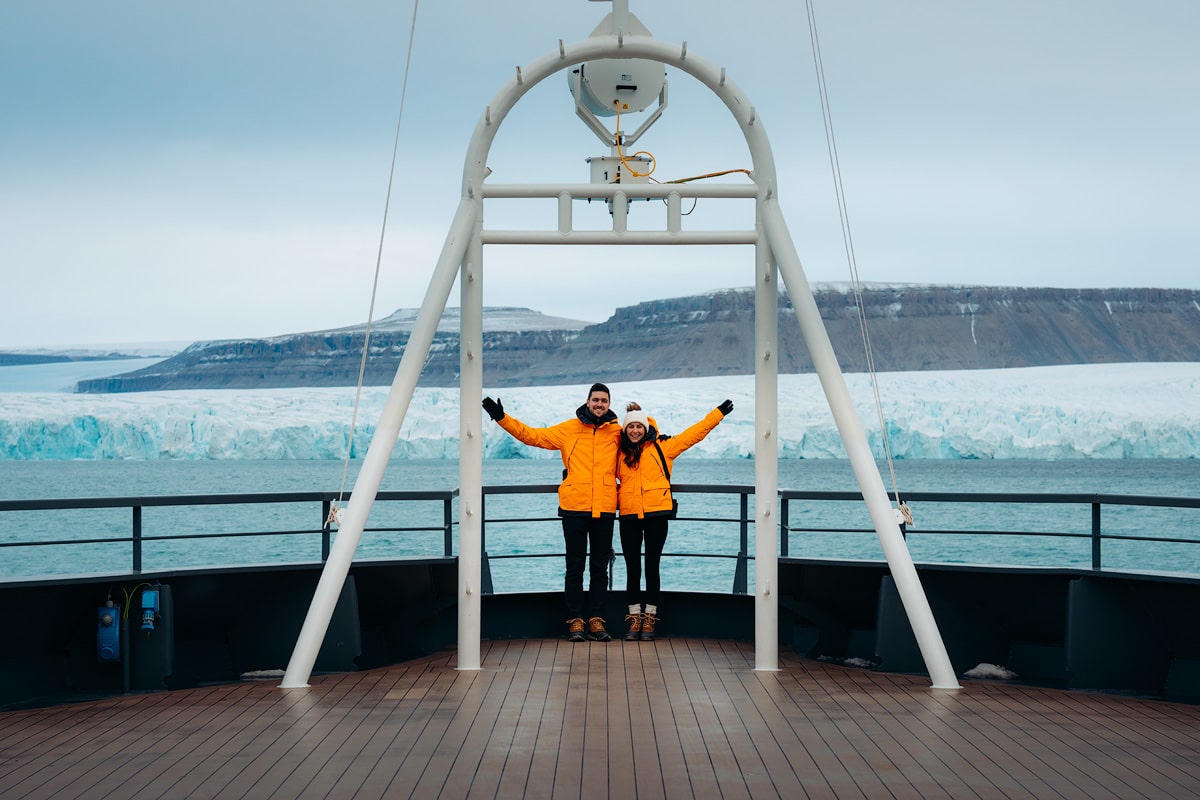
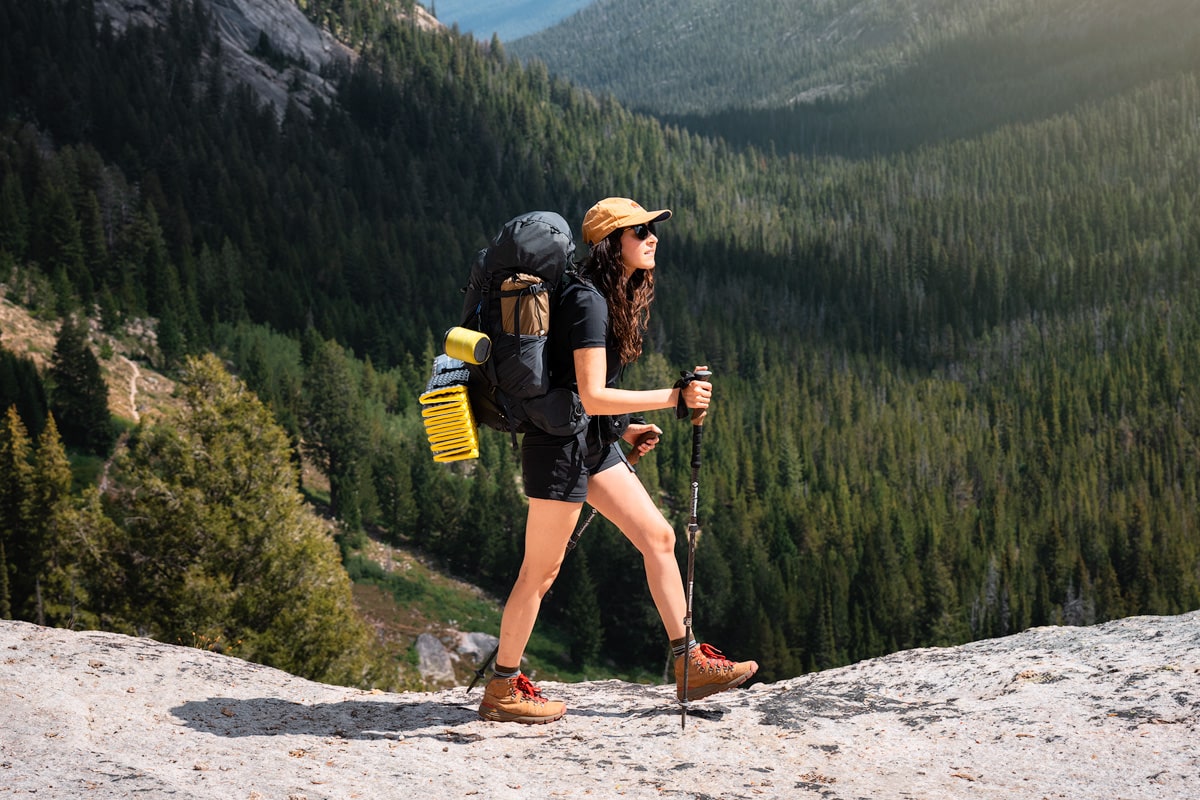
These tips are super helpful! I’m gearing up for a camping trip and have heard it’s best to avoid scents. I’ve switched to unscented natural products, but I’m curious about items like sunscreen. I might also have my menstrual cycle during the trip—any advice for keeping things scent-free? Thanks!”
Thanks for being a trailblazer in merging outdoor escapades with a strong eco-friendly ethos. Your guide is more than just tips; it’s a manifesto for a greener, cleaner, and more sustainable way to explore the world.
My family camps a lot and uses a 5 gallon bucket of cat litter to go to the bathroom. It prevents leaving a tent in the middle of the night and can be emptied (waste products) regularly. Thanks for the good tips
Thank you so much for this great work about the importance of outdoor hygiene and practical tips for eco-friendly practices. Your work highlights the significance of maintaining personal hygiene to avoid health issues and feel comfortable during outdoor activities. also following the Leave No Trace principles, such as proper waste disposal, is crucial to minimize our impact on the environment. Over all it is a great work from you
Great article Renee! A LNT tip I’d like to share is to bring a small squeeze bottle with a cap and some tea tree oil or lavender oil. Fill the bottle with clean water and a couple drops of oil when you have to go to the bathroom. You can then spray your bits after you’ve peed or changed your menstrual product, and feel nice and fresh. Leave a little to spray on your hands to clean them. It’s like a portable bidet!
Hey Renee, Amazing list and awesome advice. I have been trying to move to eco friendly lifestyle and this really helps not only for camping or hiking but also list sustainable products for regular travel. Any tips on kind of towel which we should carry on our trips?
Diaper Recycling Technology is a technology company solely focused on advanced diaper recycling solutions. Our technology is used within hygiene plants (Adult-Baby-Fem) to reclaim pulp & SAP from rejected products.
This is a really great list! Thanks for sharing it! Awesome tips! I’ve always been afraid to do my business outside but now I think I could do this!
All great points! We will be camping in bear country this summer and I’ve read no scents. I’ve started getting as many unscented of the natural products I already use but there is things like sunscreen… Unfortunately I think the timing means I will also have my menstrual cycle during that trip too. Any feedback on hygiene product scents in bear country? Thanks!
Thankyou Renee for all those excellent tips on outdoor hygiene. I’m definately going to check out some of those products you recommend.